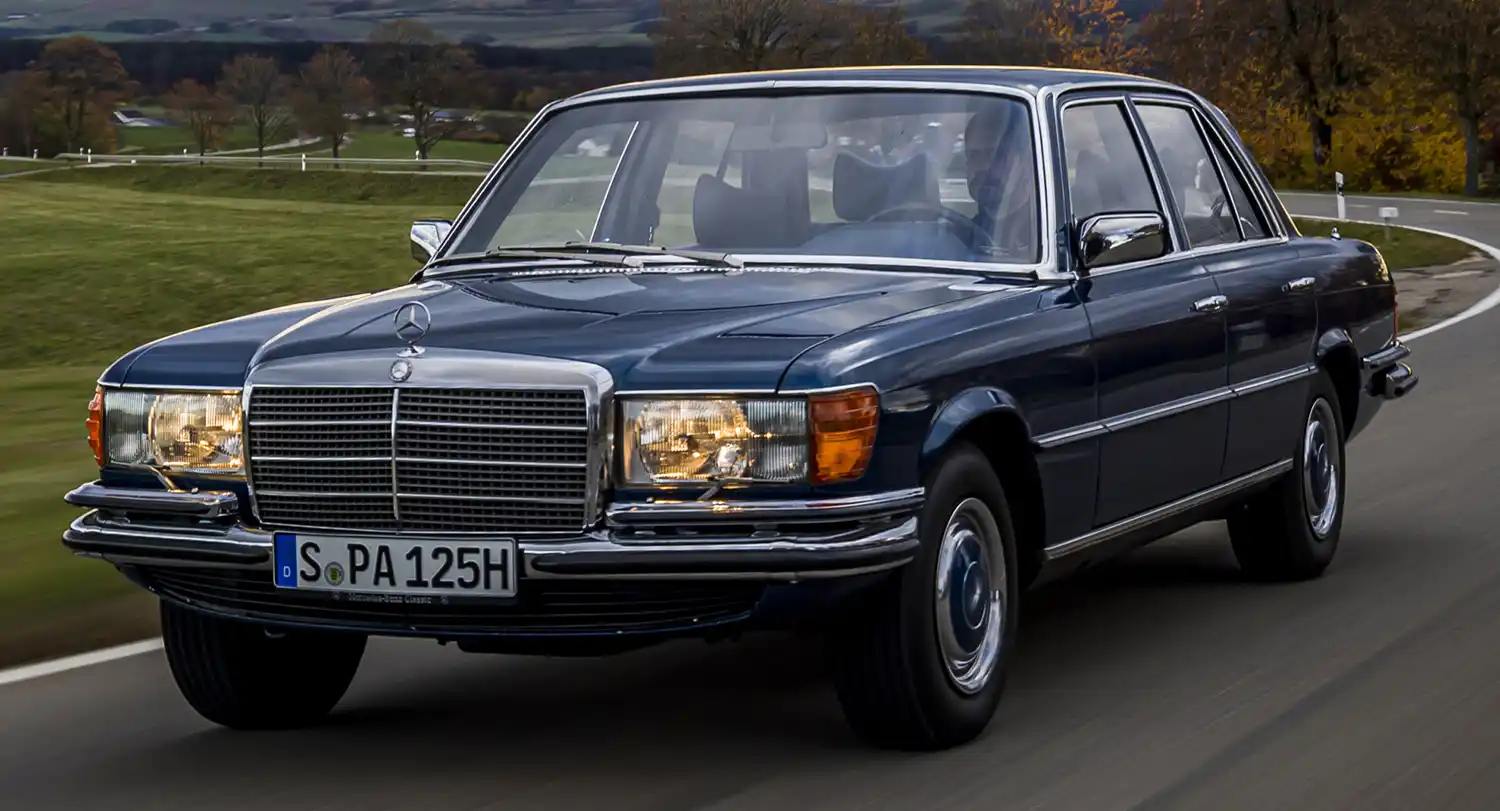
For 50 years, the designation S-Class has had an excellent sound and reputation. It stands for automotive excellence in comfort, technology and design. The 116 model series makes the beginning, Mercedes-Benz presents it in 1972 together with the new name. Since then, the S-Class has been an international synonym for luxury and luxury cars. The representative vehicles from Mercedes-Benz are in demand all over the world: The S-Class is the best-selling luxury sedan in the world. And the first S-Class has held up perfectly, because well-maintained examples have long been popular and sought-after classics.
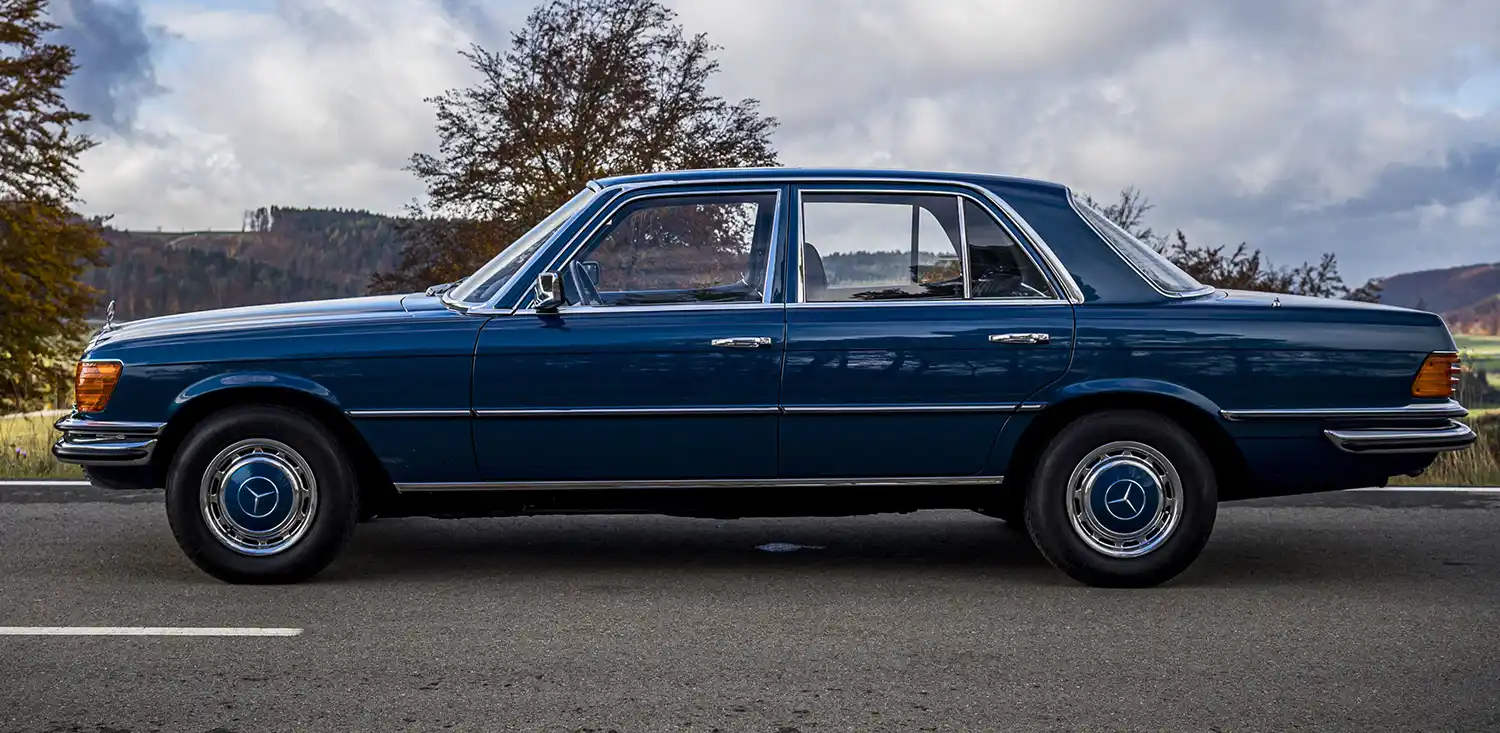
The 280 S and 280 SE models with six-cylinder engines and the 350 SE with eight-cylinder engine marked the start. The premiere venue was the 59th Salon de l’Automobile in Paris from 5 to 15 October 1972. The model range is expanded several times in the following years. In 1973, the 4.5-litre eight-cylinder engine made its debut in the S-Class in the 450 SE and in parallel in the 450 SEL with a wheelbase extended by 100 millimetres. The version, which was extended in favor of the space gain in the rear, will later also be available as 350 SEL and 280 SEL in the sales program. The highlight is the 450 SEL 6.9 presented in May 1975, a cultured high-performance saloon with an exceptional 210 kW (286 hp) five decades ago. In 1978, even the diesel engine found its way into the S-Class: The 300 SD, which is only offered in the USA and Canada, is very popular on the North American continent.
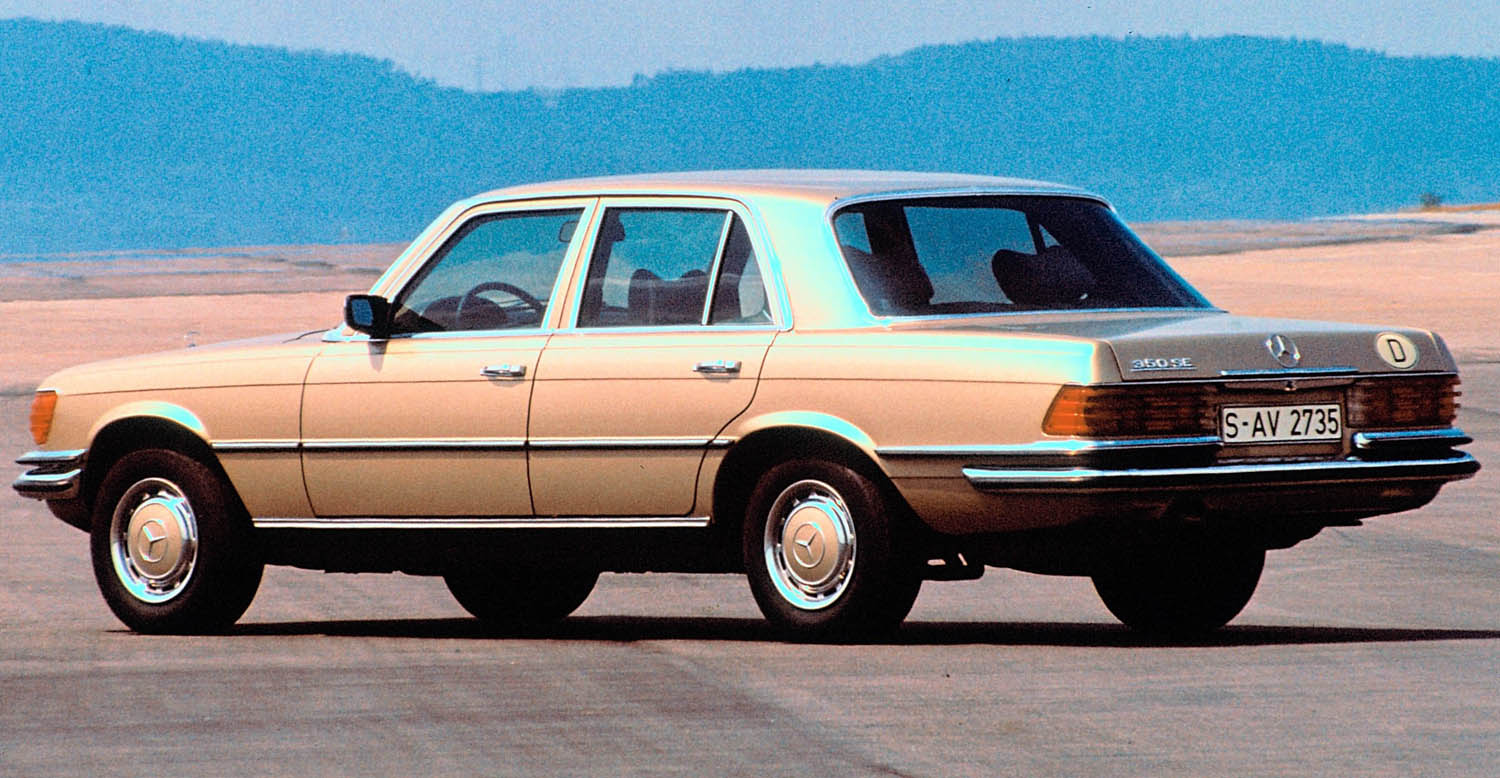
Long tradition until the beginnings of the brand
The Mercedes-Benz S-Class has a long tradition. This goes back to the beginnings of the Mercedes brand at the beginning of the 20th century. Century. Luxury, comfort and safety: Vehicles in the luxury and luxury classes have been the focus of the Stuttgart-based brand’s product range long before the official designation S-Class was introduced in 1972. And with each generation of its top-of-the-range automobiles, Mercedes-Benz always provides convincing answers to the wishes and requirements of the respective time.

The “S” stands for “Special” or “Super”
On the cover of the press kit for the Paris Motor Show it simply says: “Mercedes-Benz presents: The new S-Class”. For the first time, the brand is awarding such a designation to a segment of the passenger car range. Of course, Mercedes-Benz began using the “S” as early as 1949 after the Second World War: This abbreviation for “Special” or “Super” in the 1949 Model 170 S is intended to highlight the special, explains Dr. Wilhelm Haspel, then Chairman of the Board of Management and General Manager of Daimler-Benz AG. Since then, there have been many model names with this letter. From 1972, the S-Class became a concise term for an entire model family. The E-Class as a definition of the Mercedes-Benz automobiles of the upper middle class and the C-Class as a family designation of the compact class did not follow until 1993 with a gap of almost 20 years.

With the first officially so-called S-Class, everything is new
The 116 series is a completely newly developed generation of vehicles – the design, body, engines and chassis mark a leap in innovation in the brand’s history. The wheelbase grows by 115 millimetres compared to the predecessor W 108/109 series, while the overall length is only 60 millimetres, which benefits the proportions and, of course, the interior. The width grows by 55 millimeters, the shrinks by 15 millimeters. A horizontal lighting unit for the first time and the low radiator grille emphasise the horizontal line. The outside air is partially directed to the radiator via openings under the bumpers equipped with rubber strips. The designers focus on the topic of “seeing and being seen”: Thus, the A-pillars are clad to keep water away from the side windows. A headlight cleaning system is offered as an optional extra. A rain trap channel directs water flowing through the roof around the rear window into the separating joint of the trunk lid. The lenses of the taillights are ribbed, which reduces their contamination.
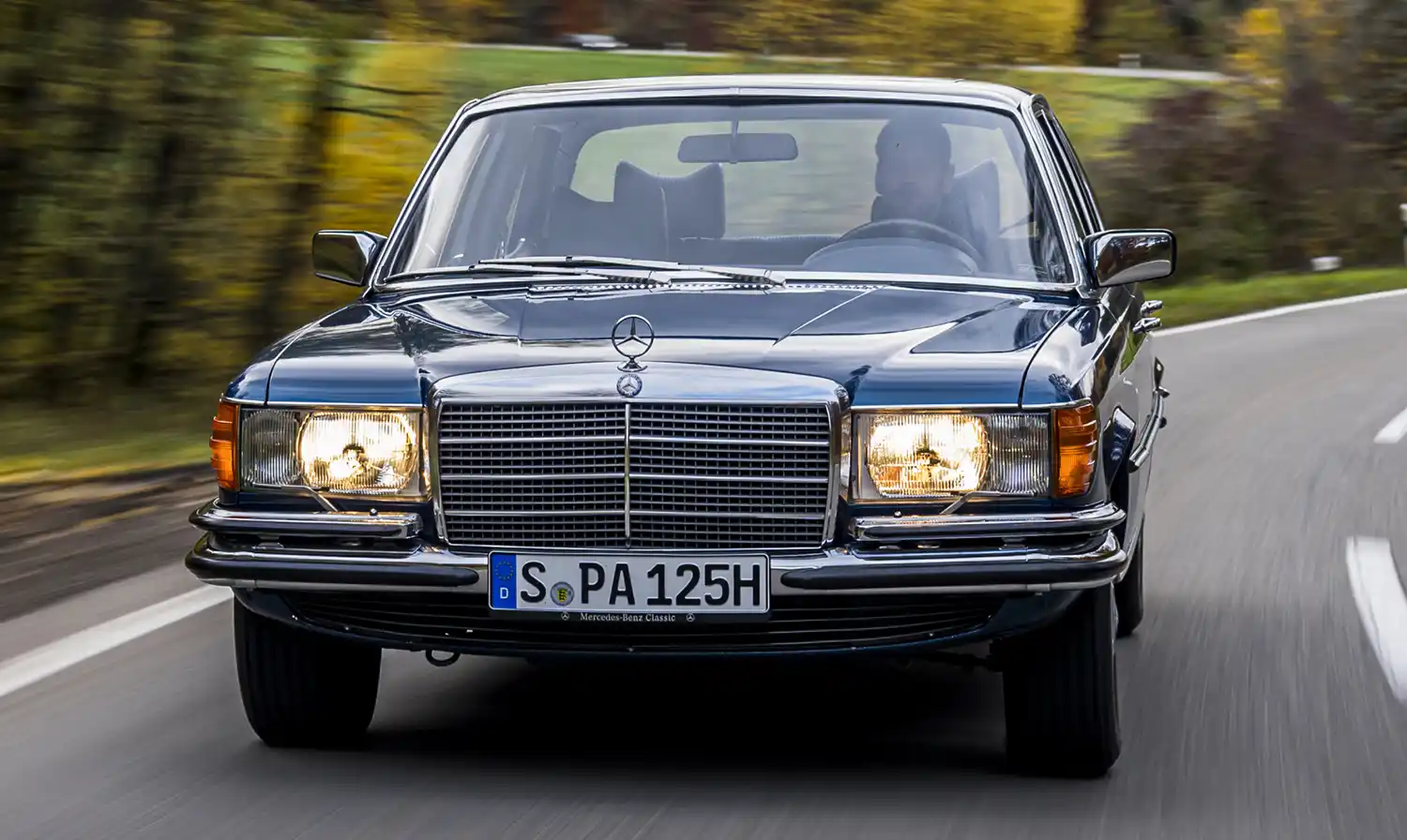
Security level on a new level
Since the 1950s, Mercedes-Benz has attached great importance to improved passive safety. With the body of the 116 series, the level of safety has reached a new level. Thus, the calculated deformation ability, commonly called the “crumple zone”, is significantly greater. Roof posts, door pillars and sills also withstand violent collisions and also help protect the occupants. The door hinges are reinforced and the security pin locks are optimized. The fuel tank is no longer located in the rear, but above the rear axle and is well protected in this position in the event of collisions. The interior has also been redesigned in the service of safety. For example, the dashboard has strong upholstery, switches are deformable or recessed, and the four-spoke steering wheel is equipped with an impact pot and wide upholstery plate. The principle of a defused interior has been applied in conjunction with the safety steering column in all passenger cars of the brand since 1967.
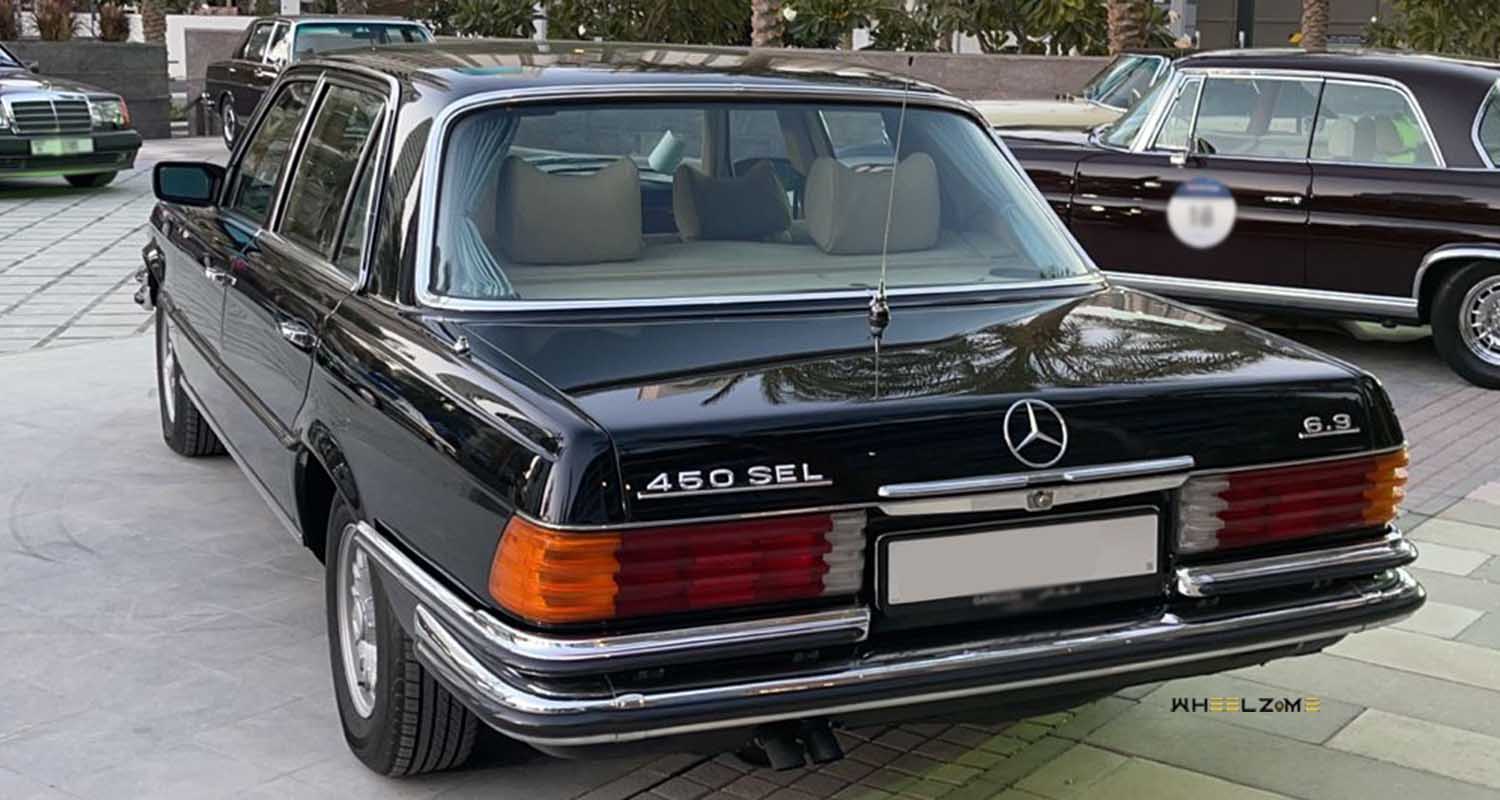
A groundbreaking world first is the ABS anti-lock braking system developed together with Bosch and introduced in 1978: It guarantees the unrestricted steering ability of the vehicle even in the event of emergency braking. So this can be steered around obstacles. This essential contribution to active safety is becoming the standard in automotive engineering.
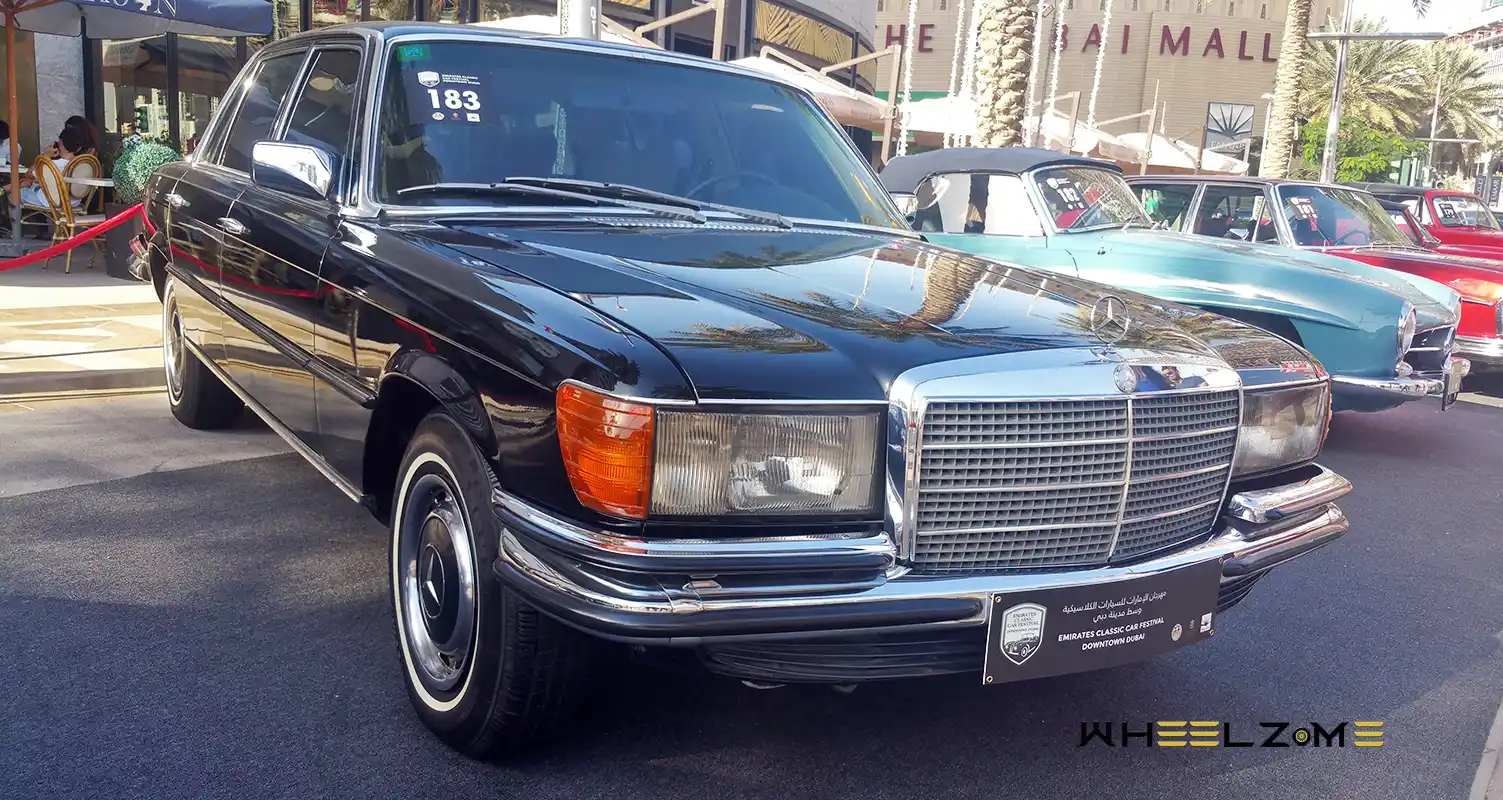
Chassis with sports car genes
The chassis has technical parallels to the Mercedes-Benz C 111 super sports car, the research vehicle with a Wankel engine that has never been built in series. The double wishbone front axle with zero steering wheel radius and brake neck support tested there improves the driving characteristics and largely eliminates sensitivity to single-sided pulling brakes. Despite the extended wheelbase compared to its predecessor, the 116 series has a smaller turning circle. At the rear, a semi-trailing arm axle is used, which has proven itself for good road holding in the “Stroke Eight” types as well as the SL/SLC of the 107 series. For the more powerful 450 SE/SEL and the 450 SEL 6.9, this design will be further developed into a coupling axis. A start-up torque support in these models ensures that the camber of the rear wheels and the spring travel do not change during the acceleration process.

Engines with six and eight cylinders
As early as the mid-1960s, a new generation of smaller V8 engines was created, which were structurally similar to the M 100 engine from the Mercedes-Benz 600. For the variant with a displacement of 3.5 litres and an output of 147 kW (200 hp), the designation M 116 is chosen, the 4.5-litre version with 165 kW (225 hp) is called M 117. These V8 engines are already used in the predecessor series W 108/109, in the Coupé/Cabriolet of the 111 series and in the SL/SLC of the 107 series before the market launch and drive the performance of these models to new peak values.
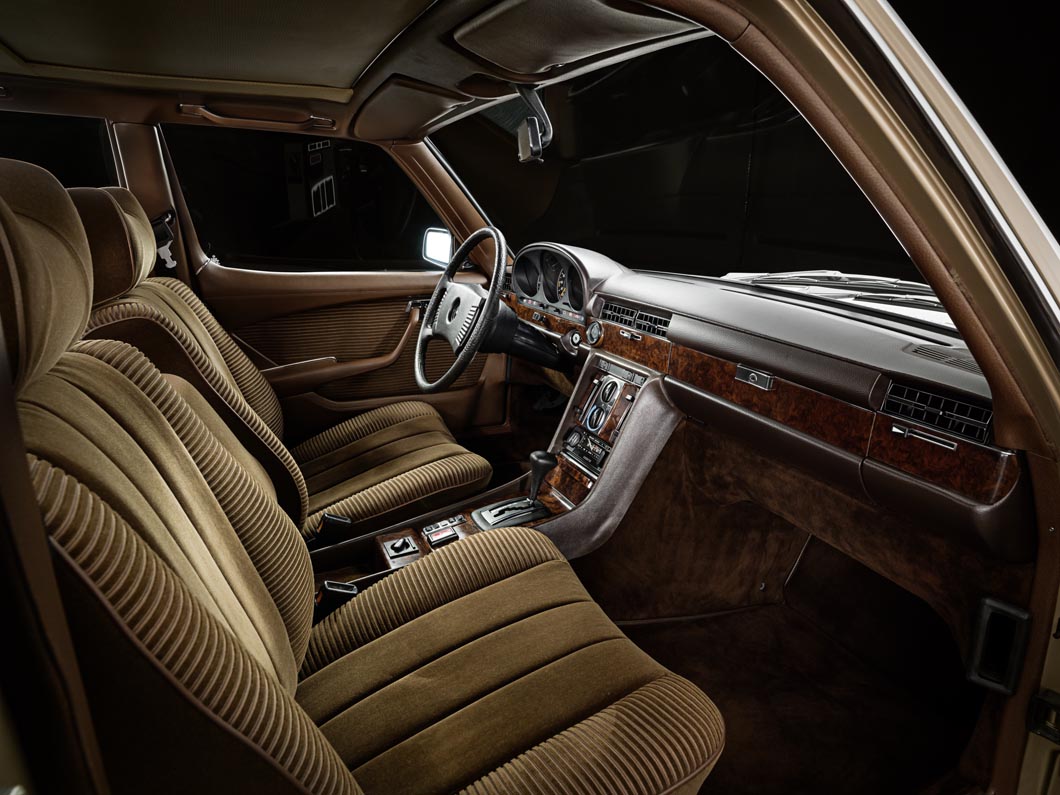
The M 110 in-line six-cylinder engine has two overhead camshafts and a displacement of 2.8 litres. In the carburetor version, it delivers 118 kW (160 hp) and with petrol injection 136 kW (185 hp). The engine debuted at the beginning of 1972 in the “Stroke Eight” models. The 300 SD, which is only available in the USA and Canada, is powered by the OM 617 A five-cylinder diesel engine with a displacement of three litres. The engine also comes from the “Stroke Eight” mid-range series, but is equipped with a turbocharger. It thus achieves an output of 85 kW (115 hp). An important reason for the development of this engine is the fleet consumption in the USA, which refers to the average consumption of all passenger car models of a manufacturer. With the help of the economical diesel, Mercedes-Benz complies with the local legal requirements.
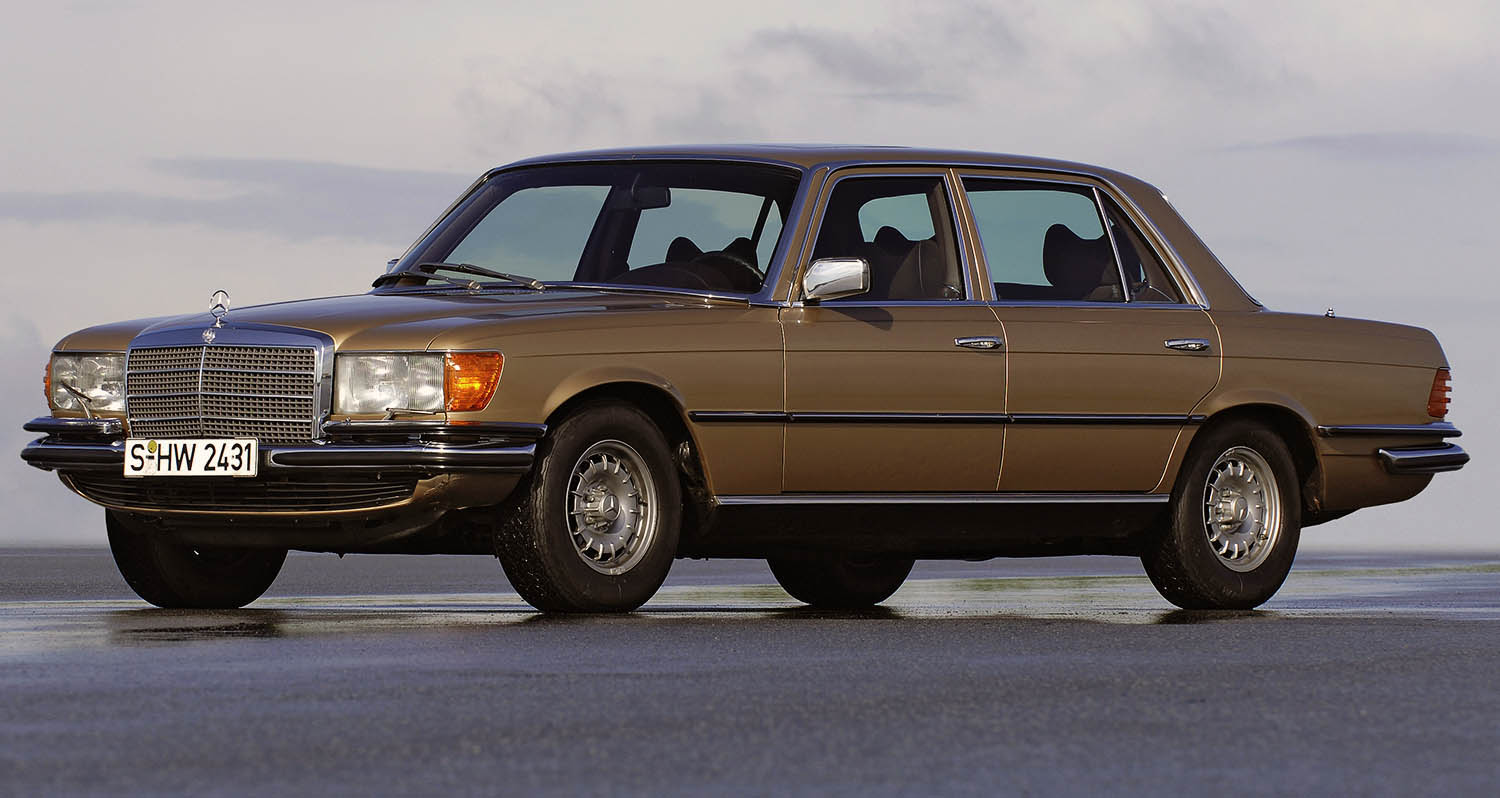
Top Model 450 SEL 6.9
When Mercedes-Benz presented the 450 SEL 6.9 high-performance saloon in 1975, it was one of the fastest vehicles ever: Only very few sports cars reached a higher speed at that time. The stately sedan sprints to 100 km/h in 7.4 seconds. The maximum speed is 225 km/h, but trade journals measure even higher values in tests. As with the legendary predecessor 300 SEL 6.3 (W 109), the eight-cylinder engine comes from the Mercedes-Benz 600 representative saloon (W 100 model series). However, with the same stroke, the cylinder bore is increased from 103 millimeters to 107 millimeters. This results in a displacement of 6,834 cubic centimeters for the 450 SEL 6.9. The engine delivers 210 kW (286 hp) at 4,250 rpm and reaches its maximum torque of 550 Nm at 3,000 rpm. Mercedes-Benz is taking a completely new approach to suspension: After the air suspension of the 300 SEL 6.3, the 450 SEL 6.9 receives hydropneumatics including level control. Price list no. 16 dated 28 January 1976 mentions DM 69,930.00 as the basic price for the top model of the 116 series. For comparison: The entry-level model 280 S cost 28,848.90 DM at the time.
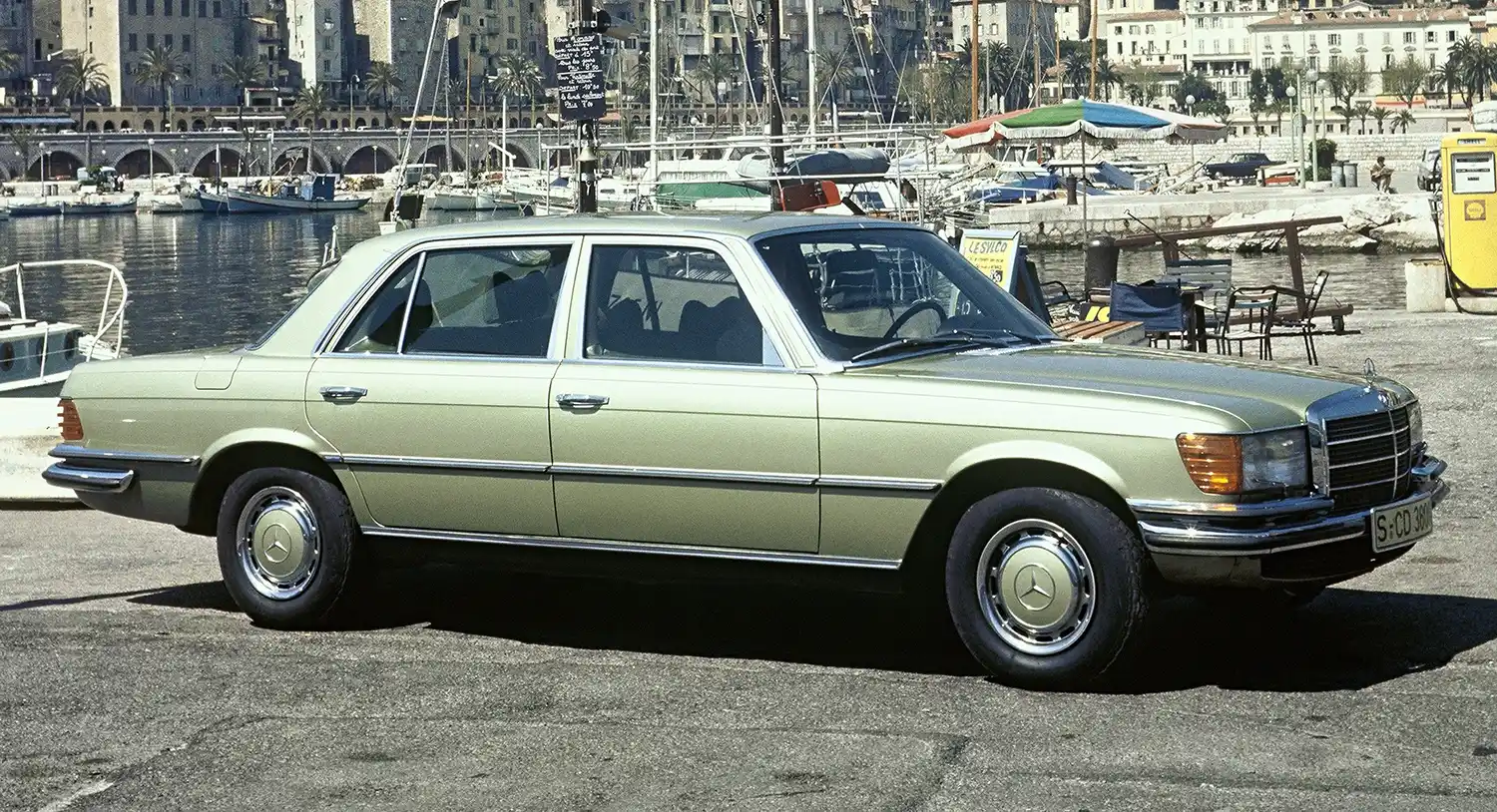
In September 1979, Mercedes-Benz presented the 126 model series as the next generation of the S-Class at the IAA in Frankfurt am Main. However, production of the 116 series does not end until the following year: A 300 SD is the last of 473,035 units of the first S-Class to pass the final inspection in Sindelfingen. After all, 28,634,300 SD are produced. Of the vehicles with the eight-cylinder M 116/M 117 engines, there are 156,548 vehicles. Particularly popular in the buyer’s favor are the six-cylinder variants with 280,473 vehicles built. A special position is occupied by the 450 SEL 6.9, of which 7,380 copies are built.

The S-Class sets standards
All subsequent generations of the Mercedes-Benz S-Class continue the tradition of automotive excellence in the luxury and luxury class with great success. The current 223 series is the best-selling, most innovative and safest vehicle in its segment. In turn, it offers unique comfort and safety technologies. This includes the DRIVE PILOT, which is available as an optional extra, with the currently possible maximum level of assistance and automation. Or the intelligent MBUX infotainment system, which, if desired, gets to know the driver over time and thinks along with him. The MBUX augmented reality head-up display in the windshield brings the latest display technology directly into view. DIGITAL LIGHT, the extended version of ATTENTION ASSIST or the rear-axle steering contribute to driving safety. The S 580 e with plug-in hybrid drive offers up to 108 kilometres of electric range (S 580 e Saloon short | WLTP: Fuel consumption weighted combined: 0.9-0.6 l/100 km; Power consumption weighted combined: 23.0-20.2 kWh/100 km; CO₂ emissions weighted combined: 20-14 g/km). Since 2014, the Mercedes-Maybach S-Class, which is positioned above the S-Class in the product portfolio as a top product in the automotive luxury class, has also shown what is technically feasible in automotive technology. One thing unites all versions and generations of the S-Class since 1972: their market success – they are among the most sought-after automobiles all over the world.
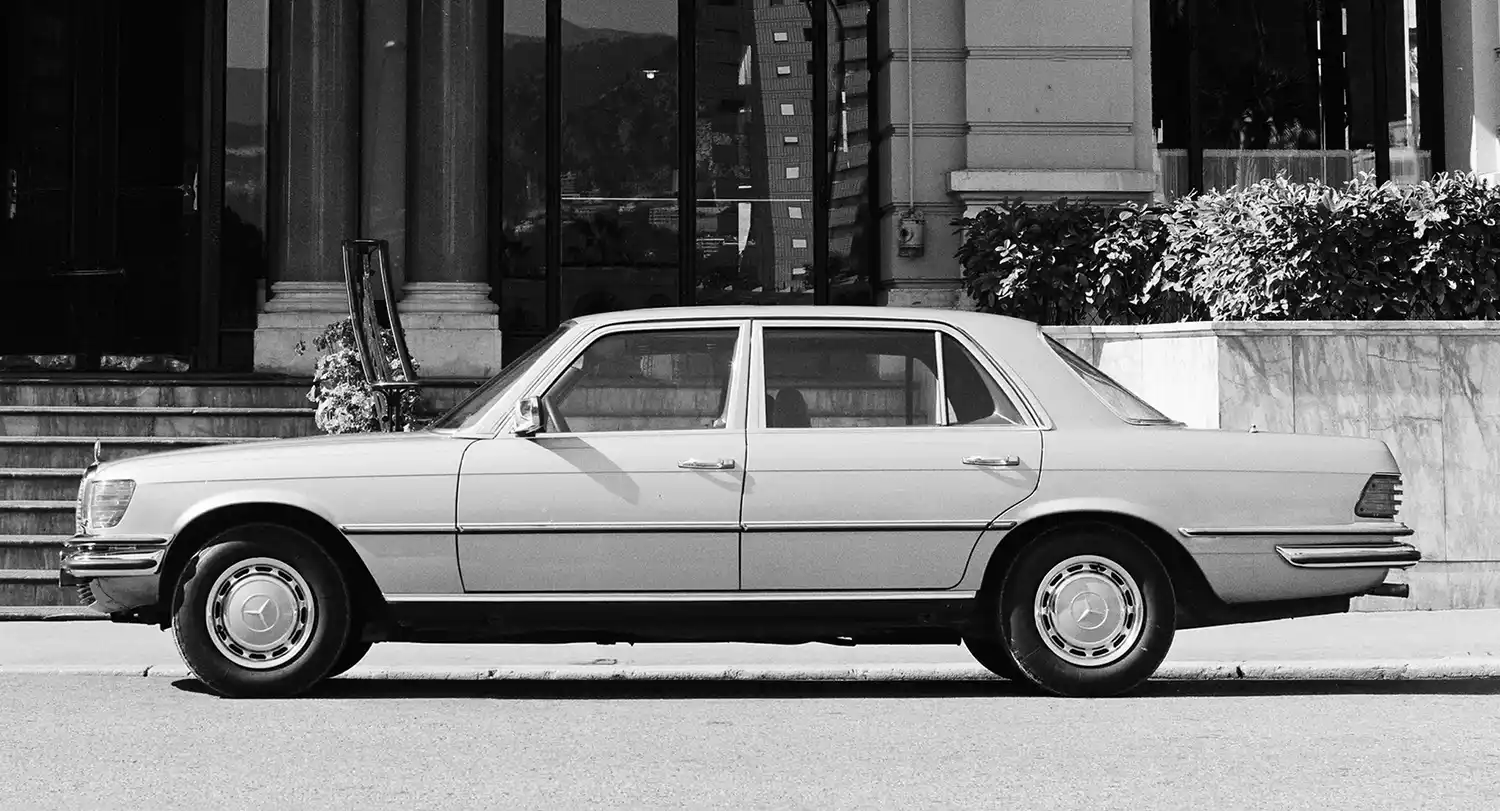

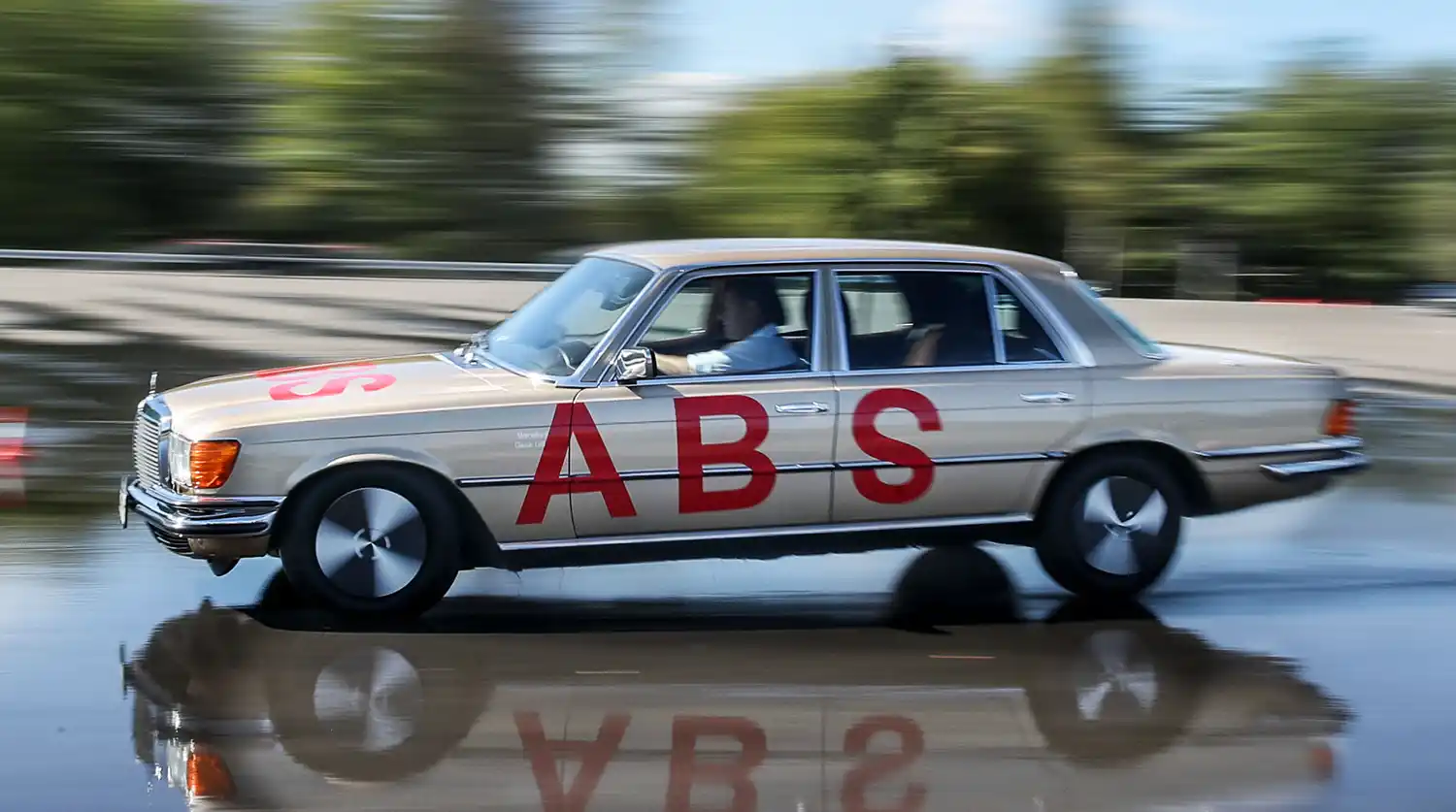
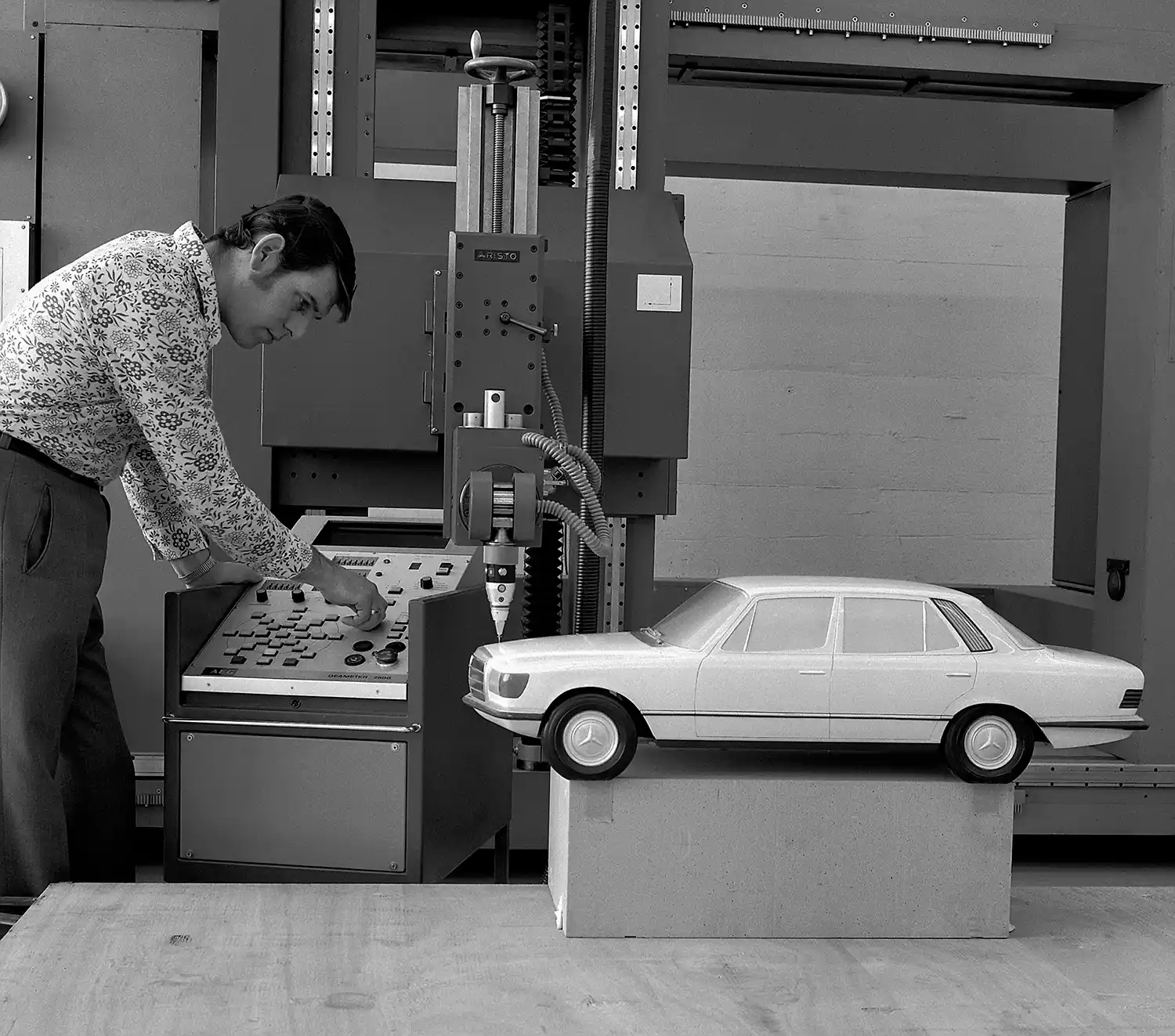
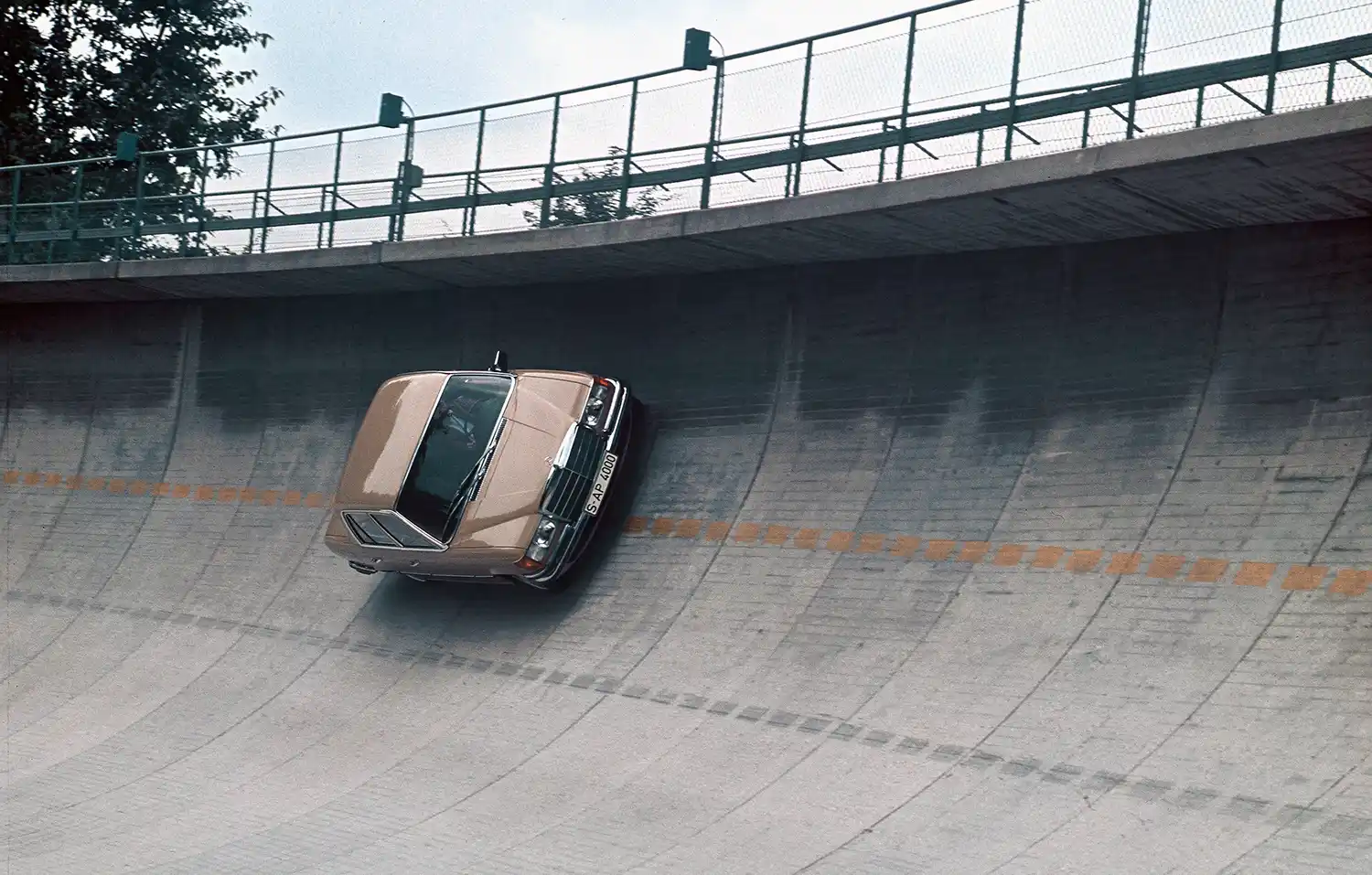
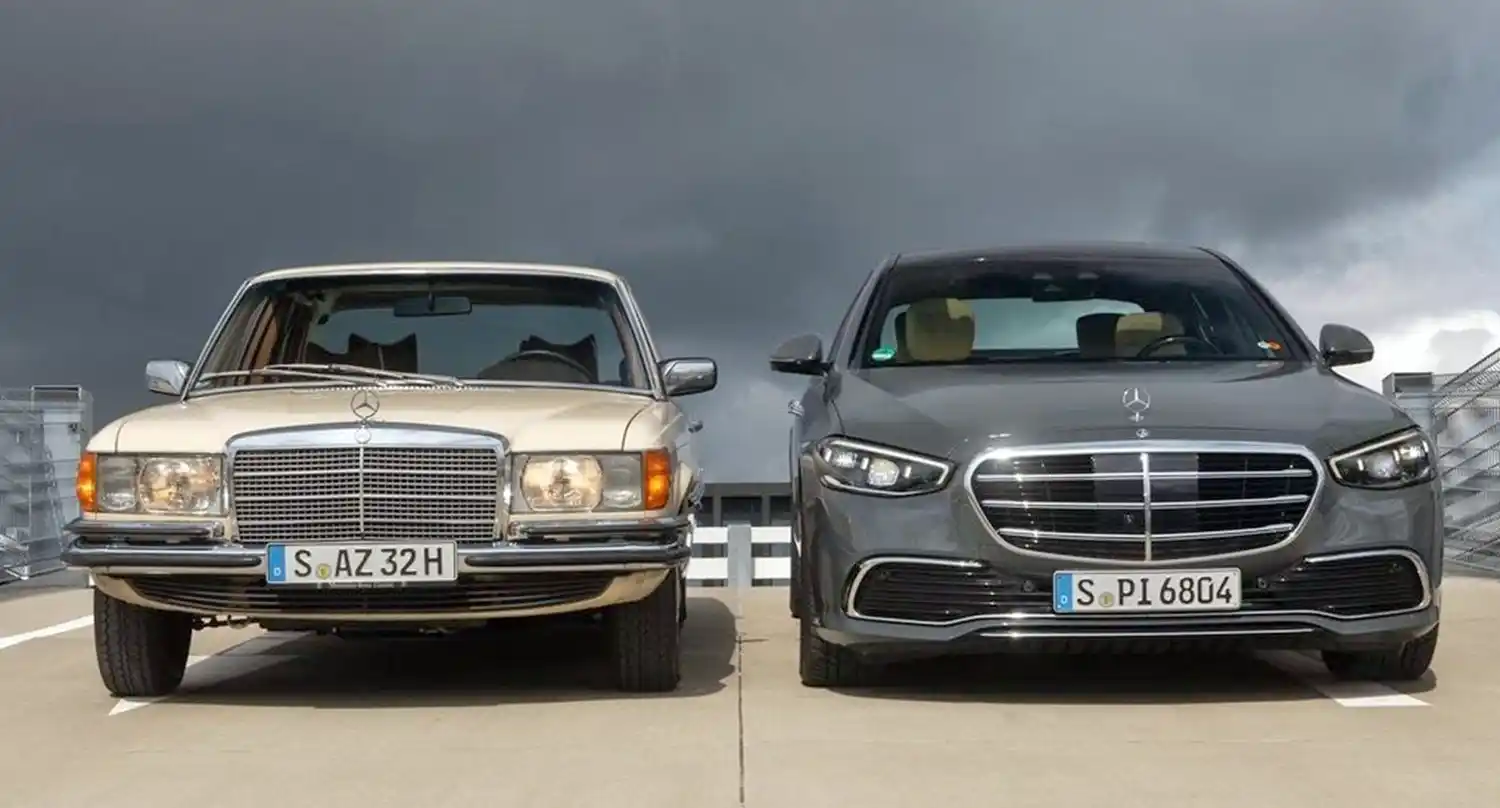
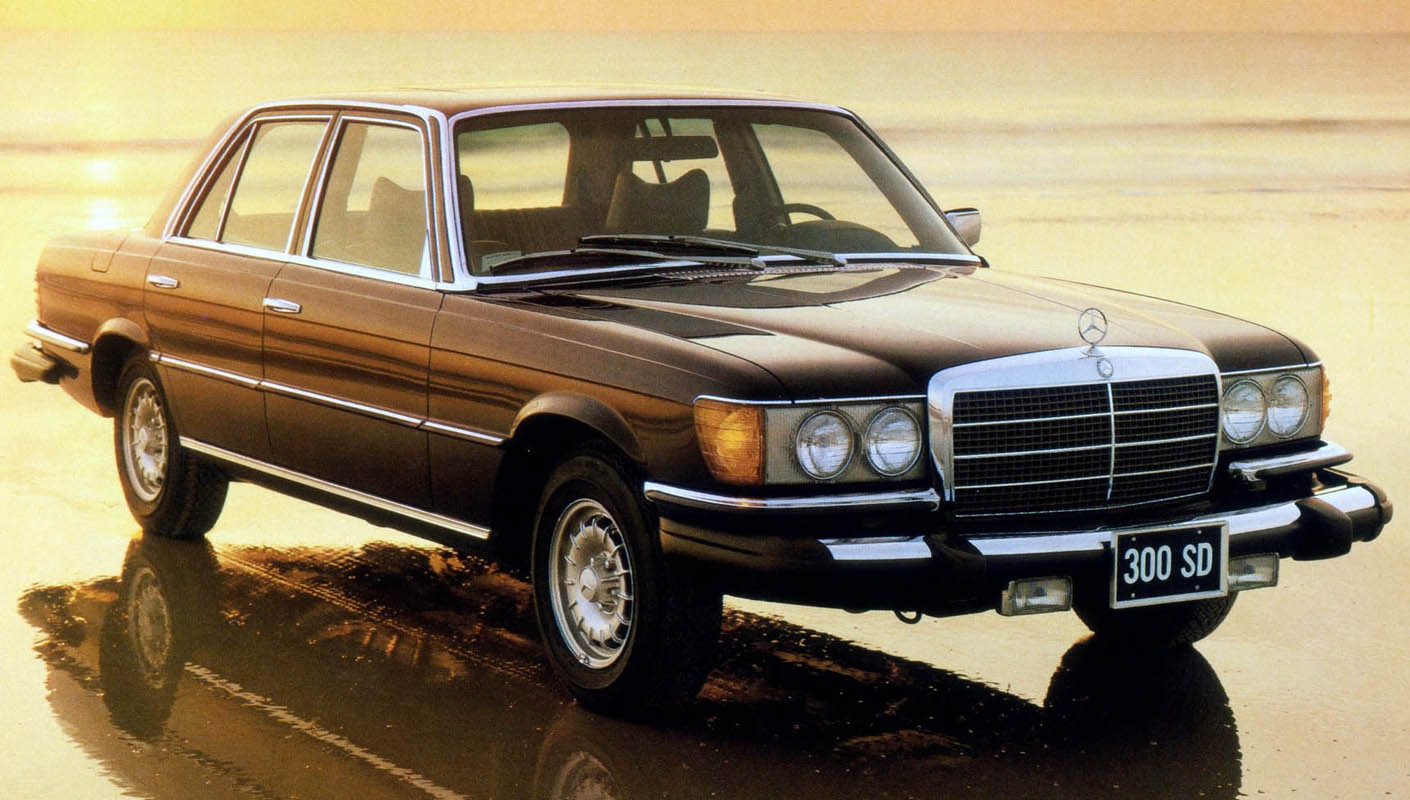
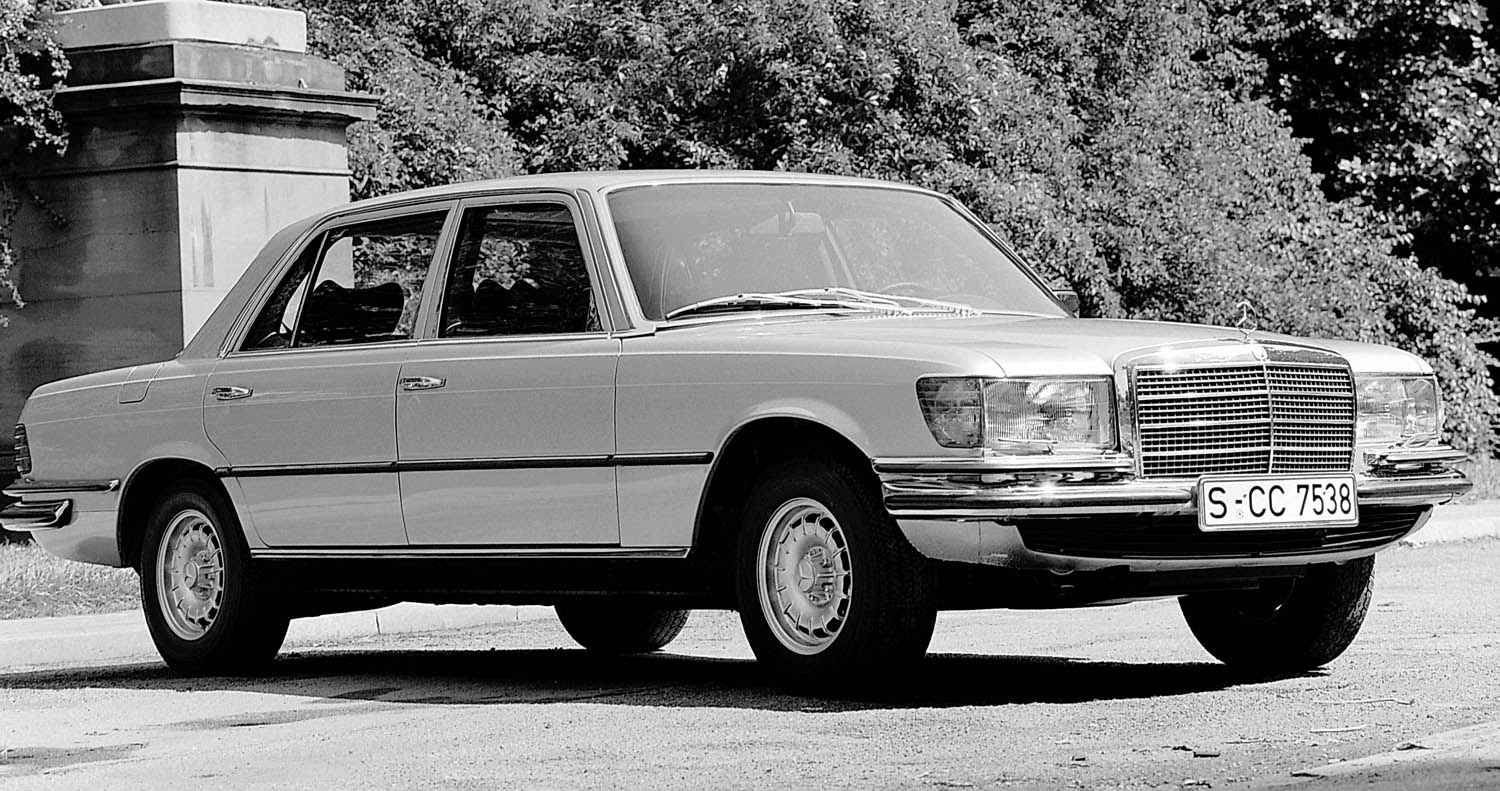
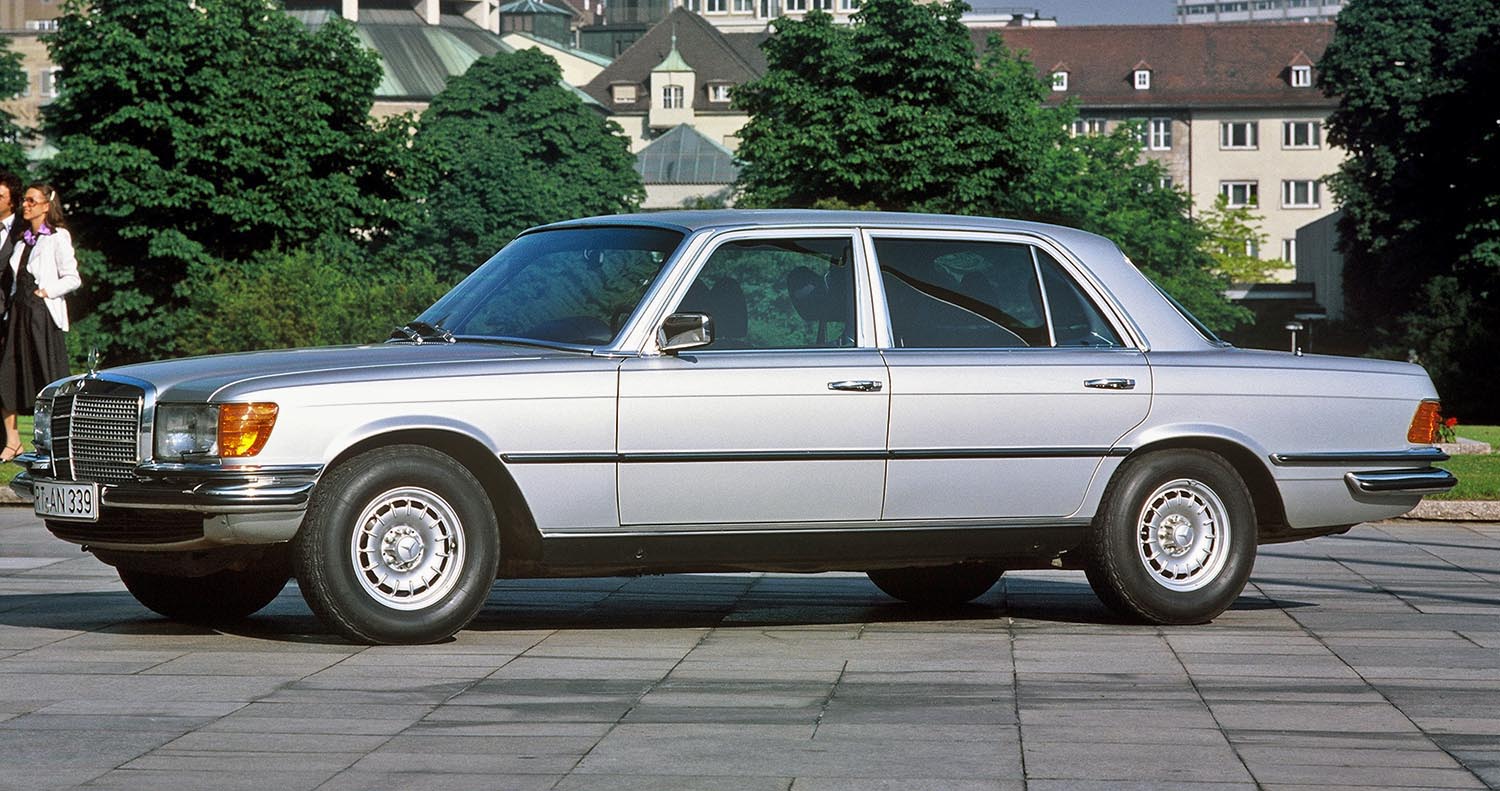
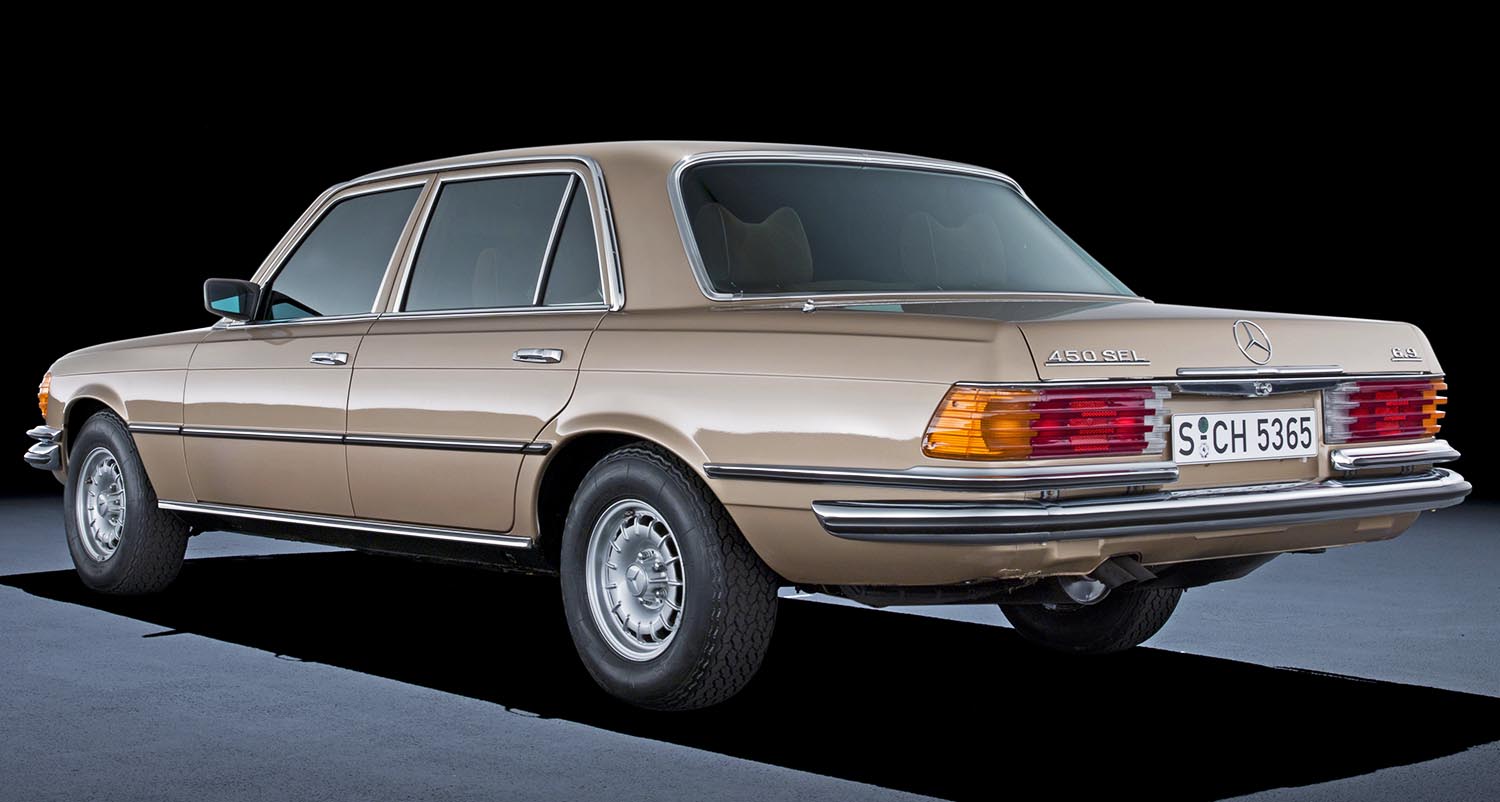
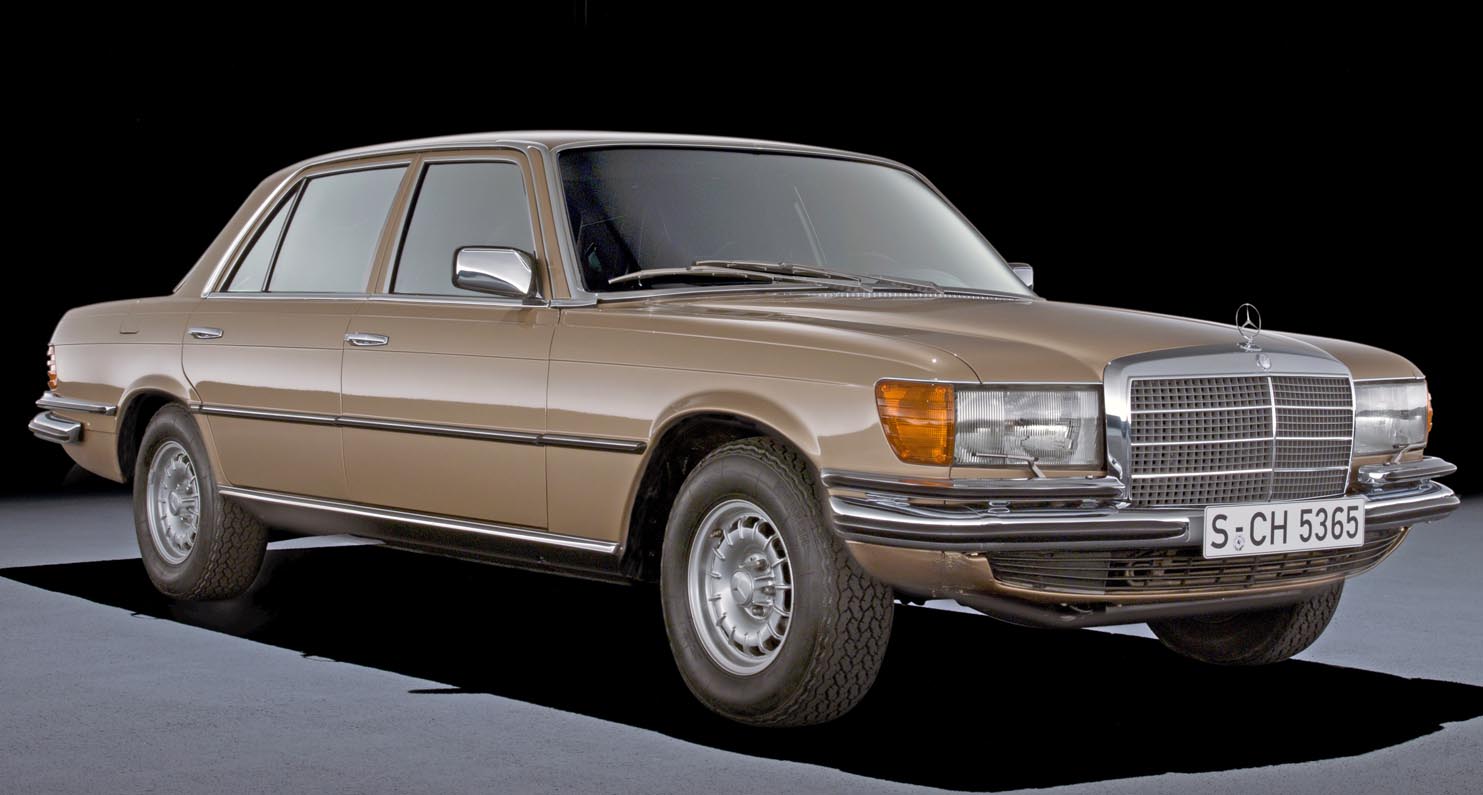
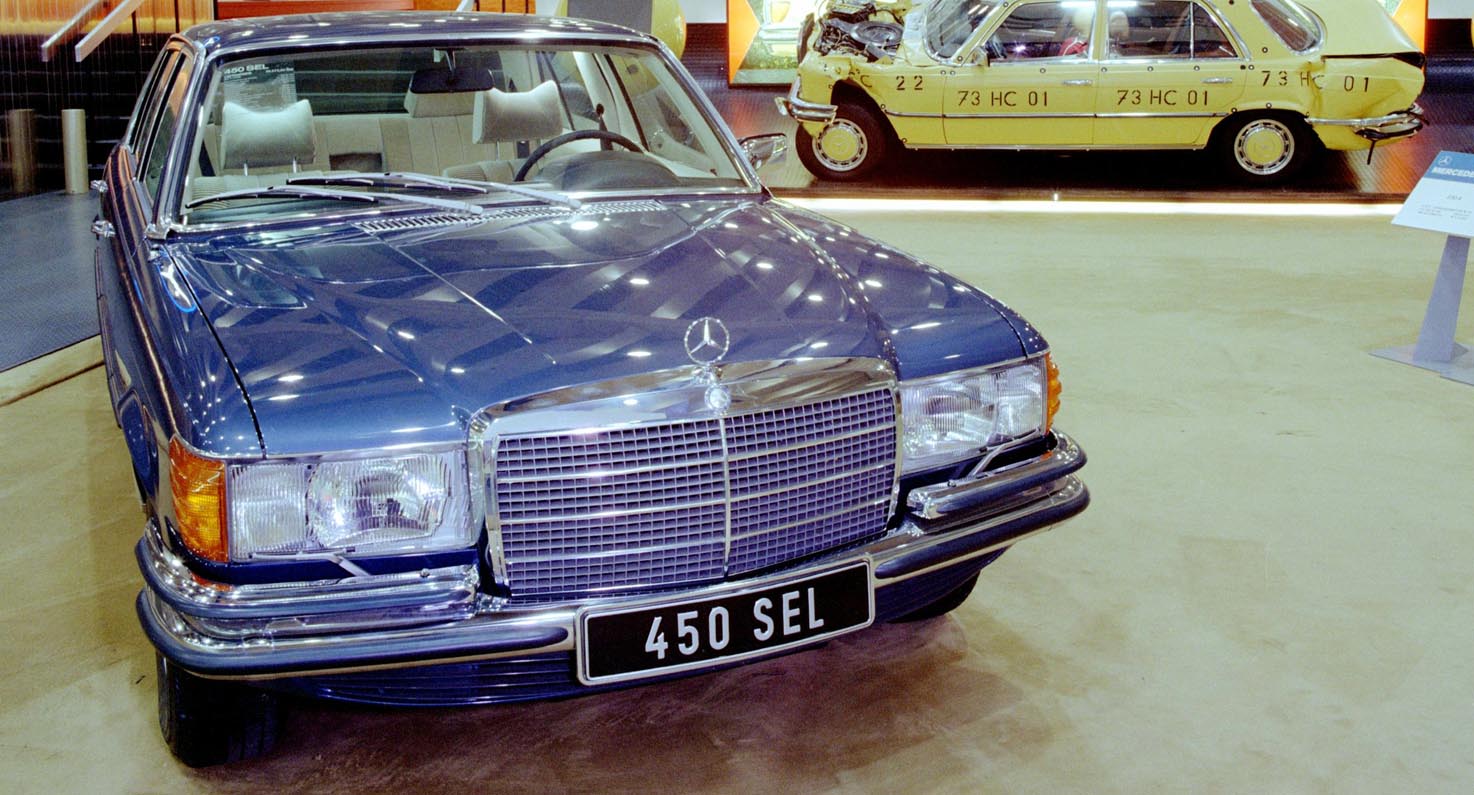
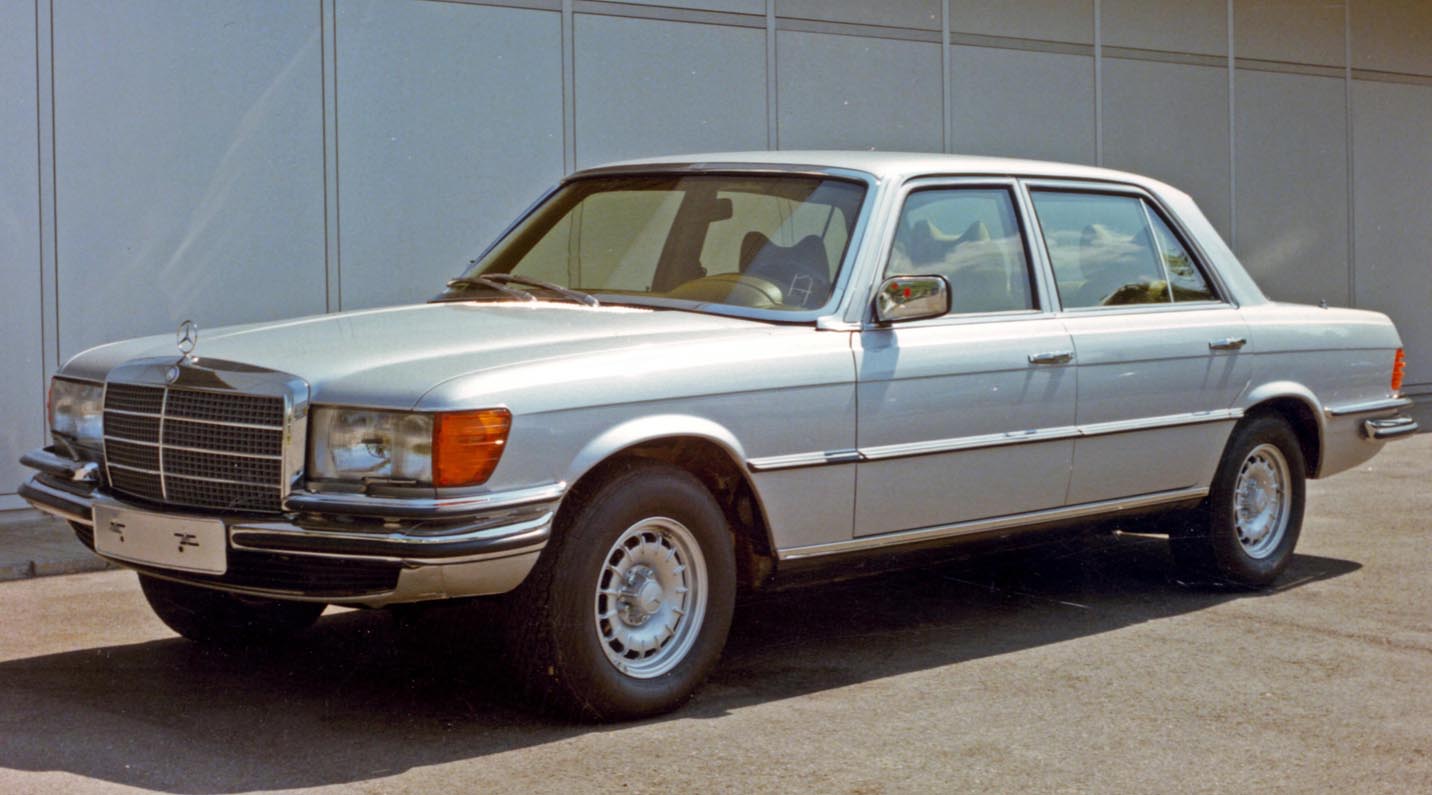
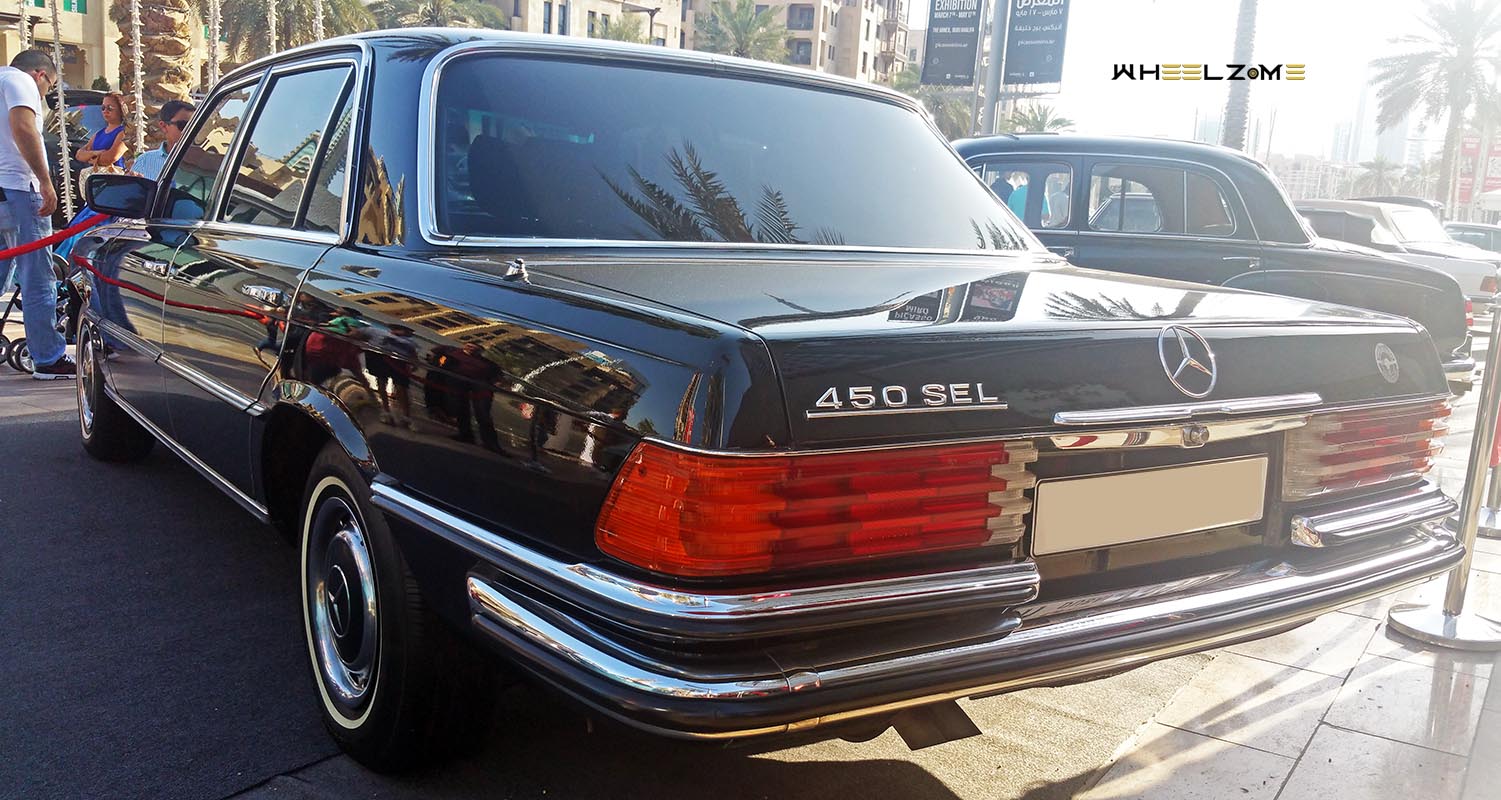
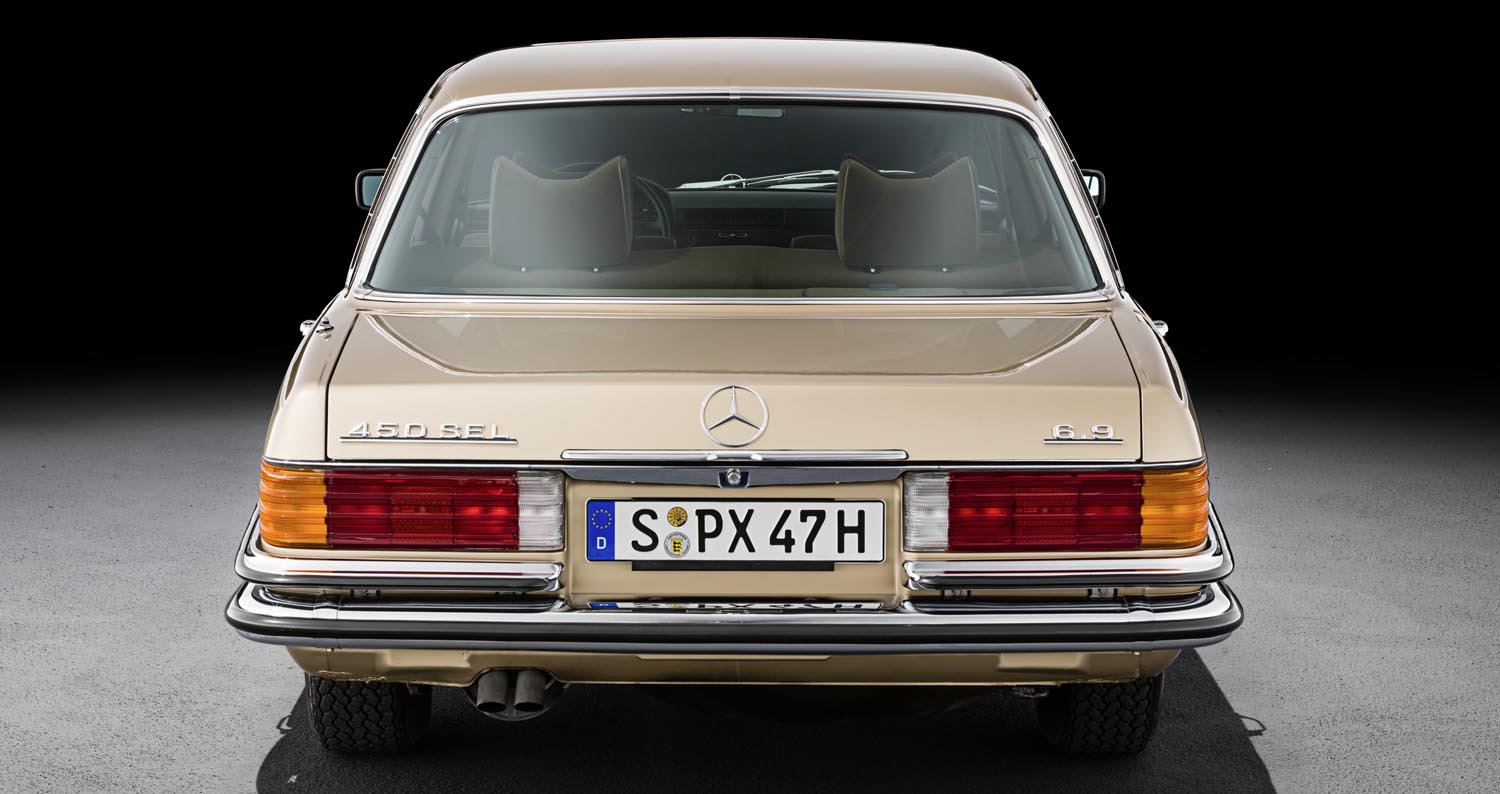
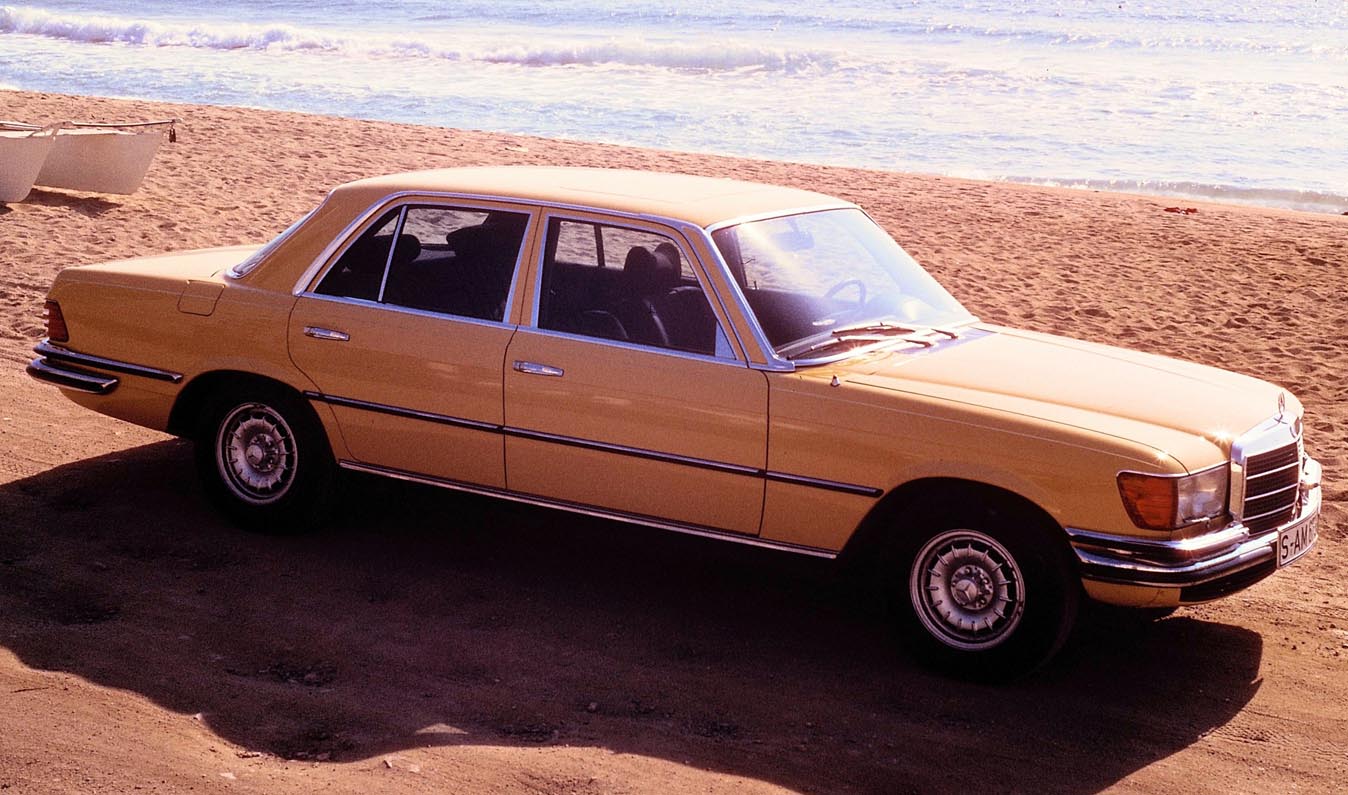
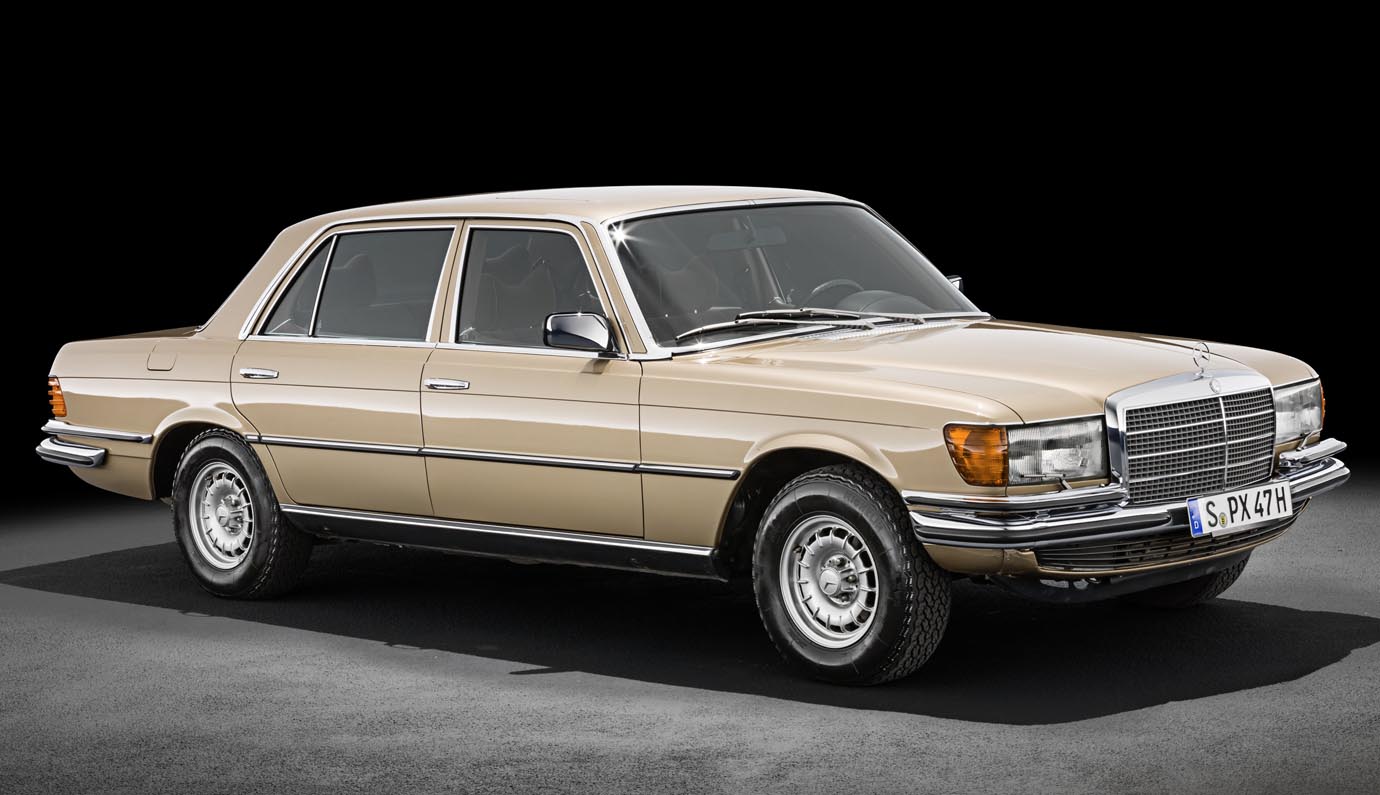
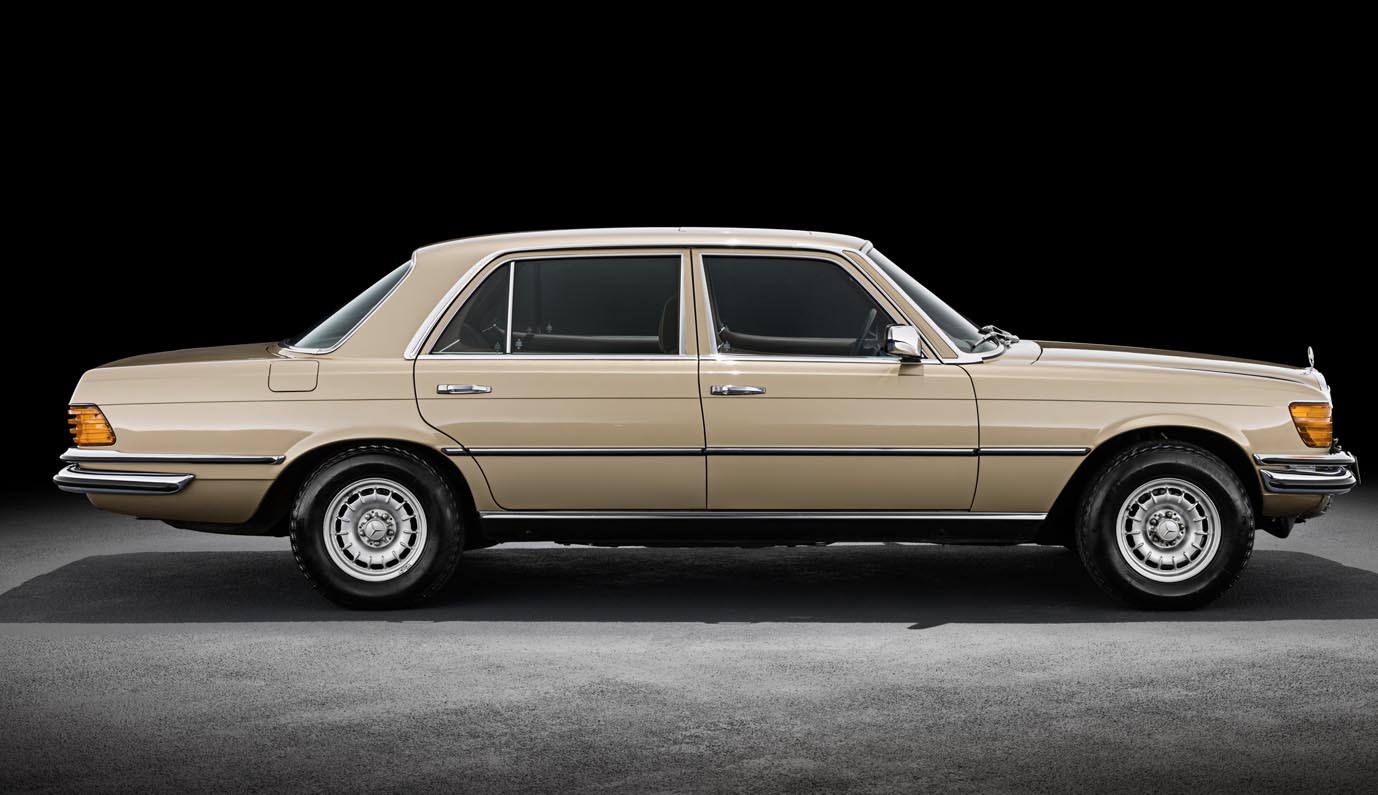
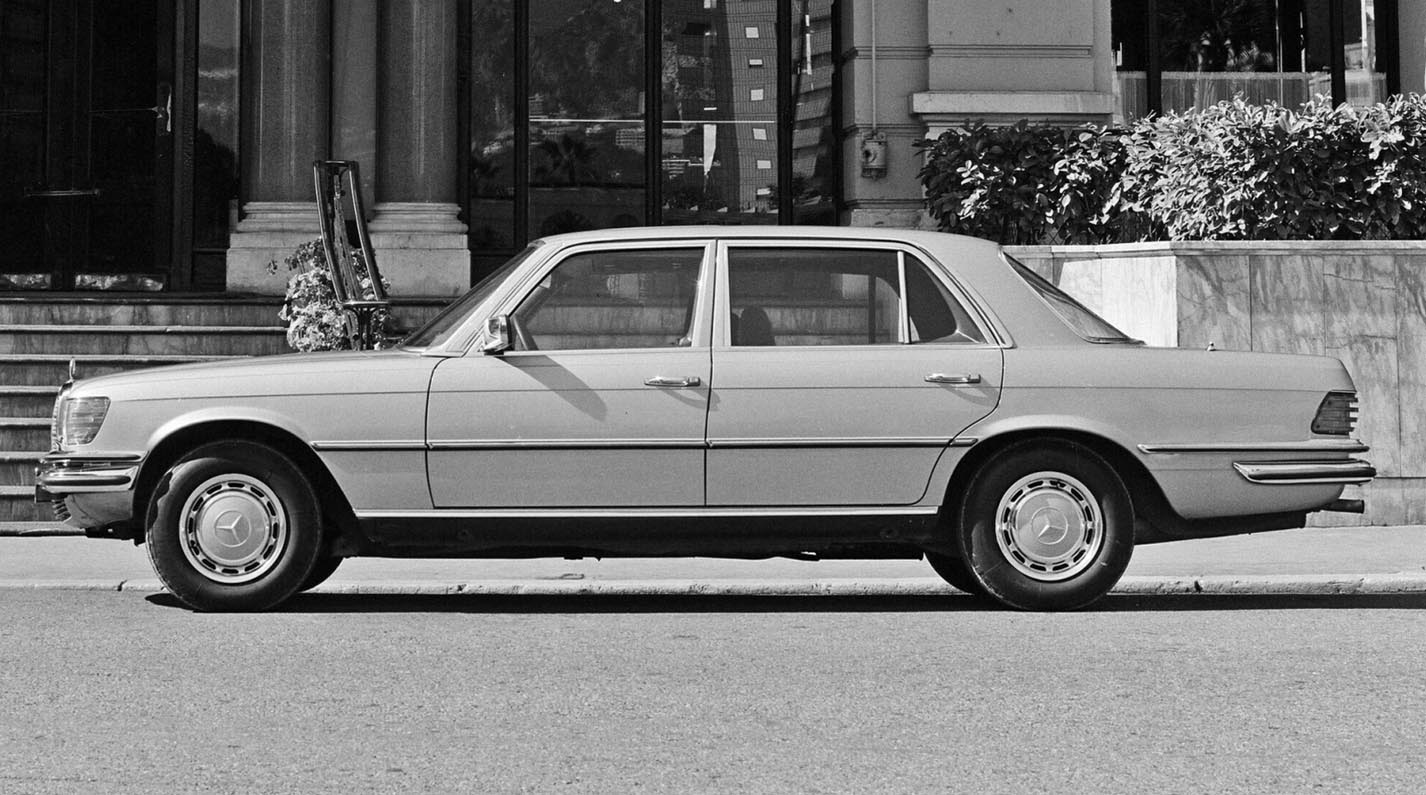
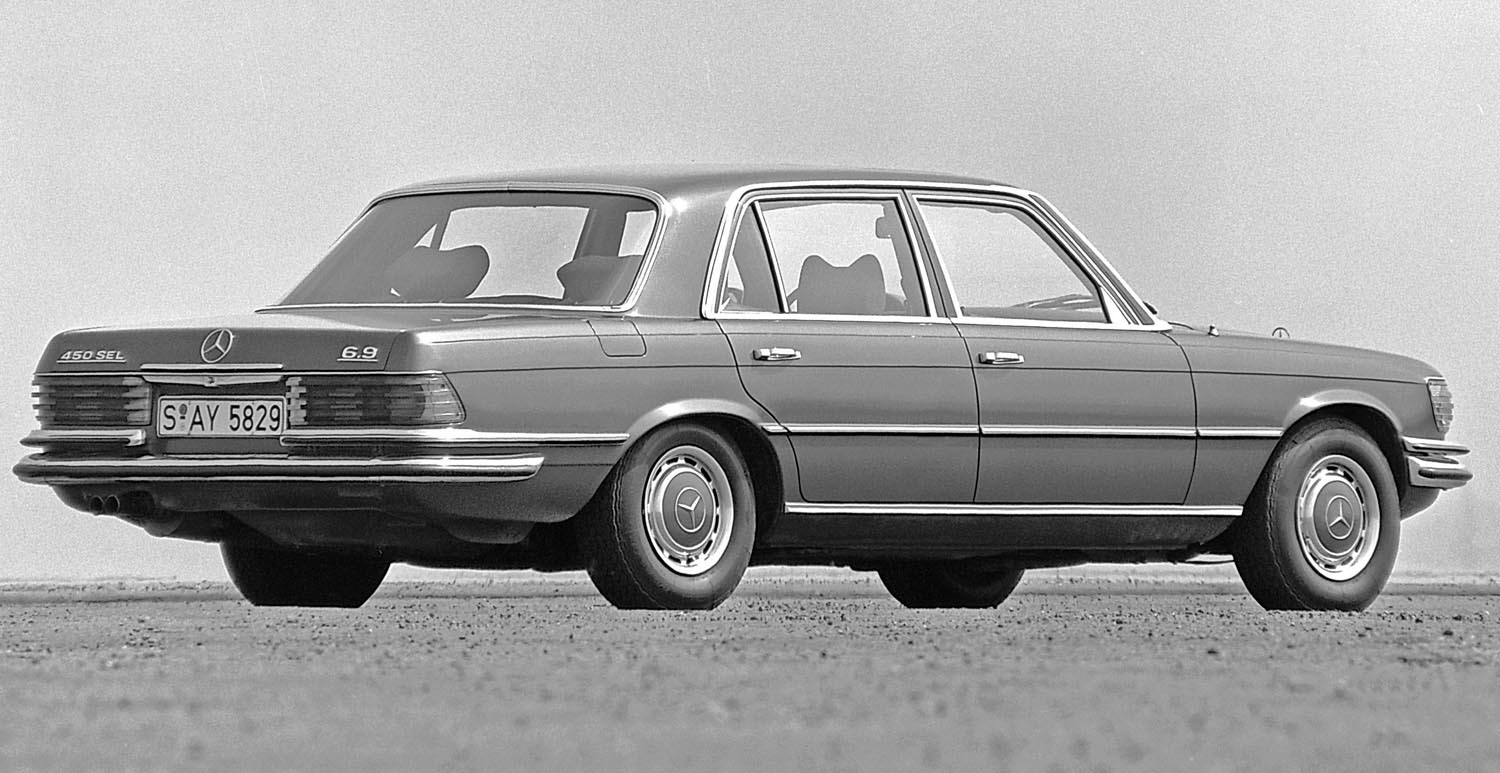
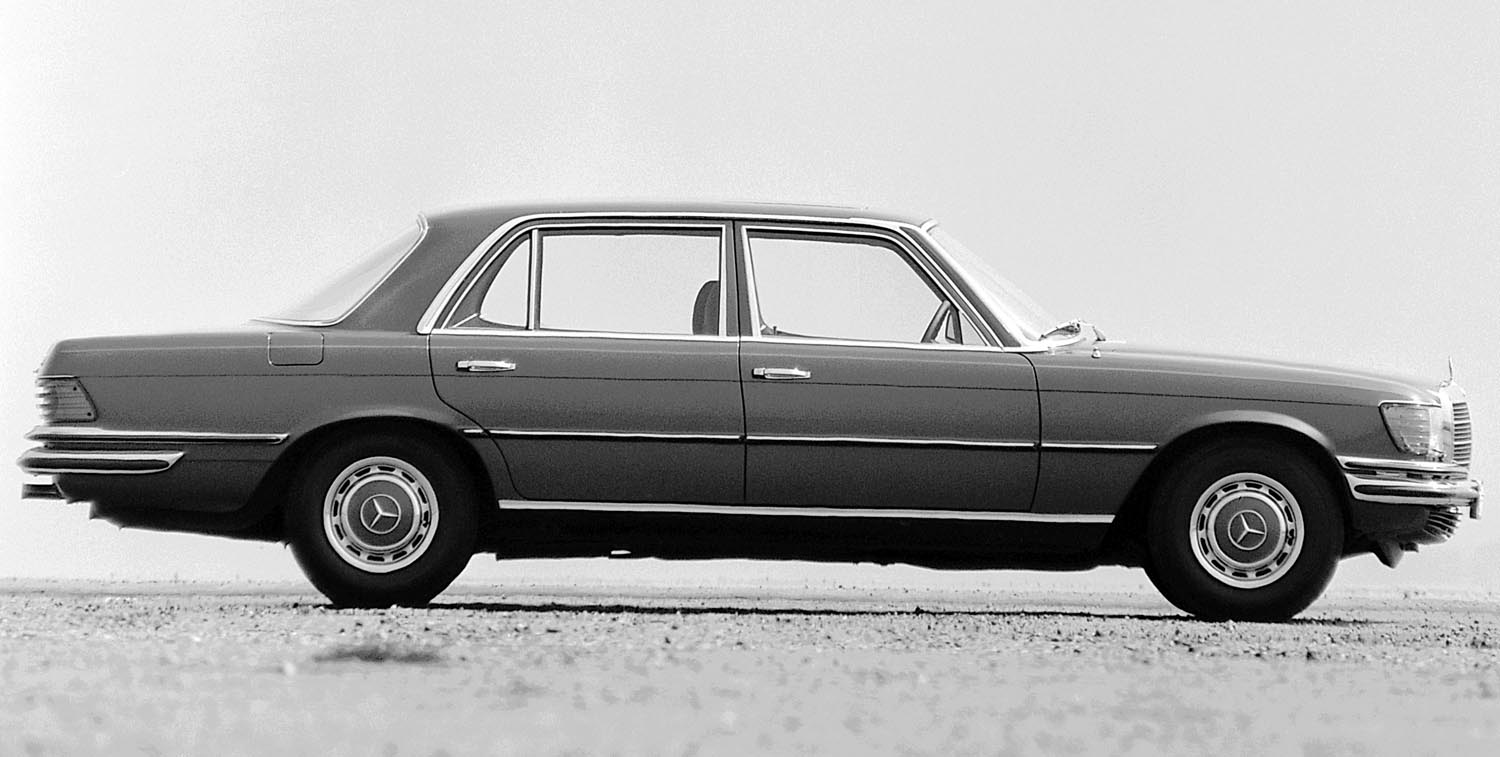
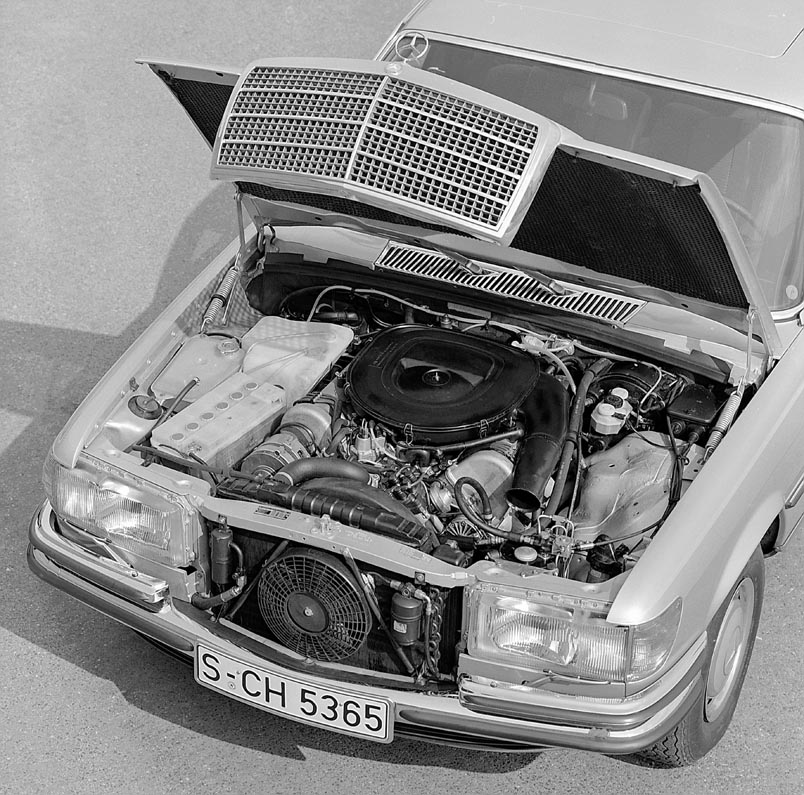
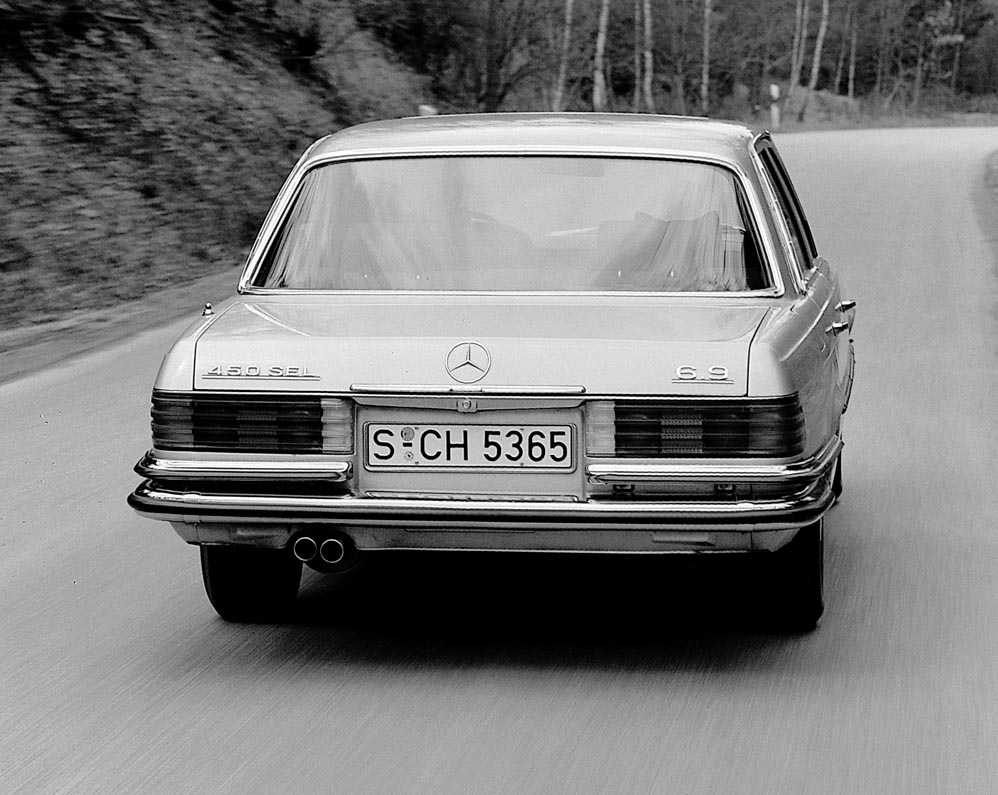
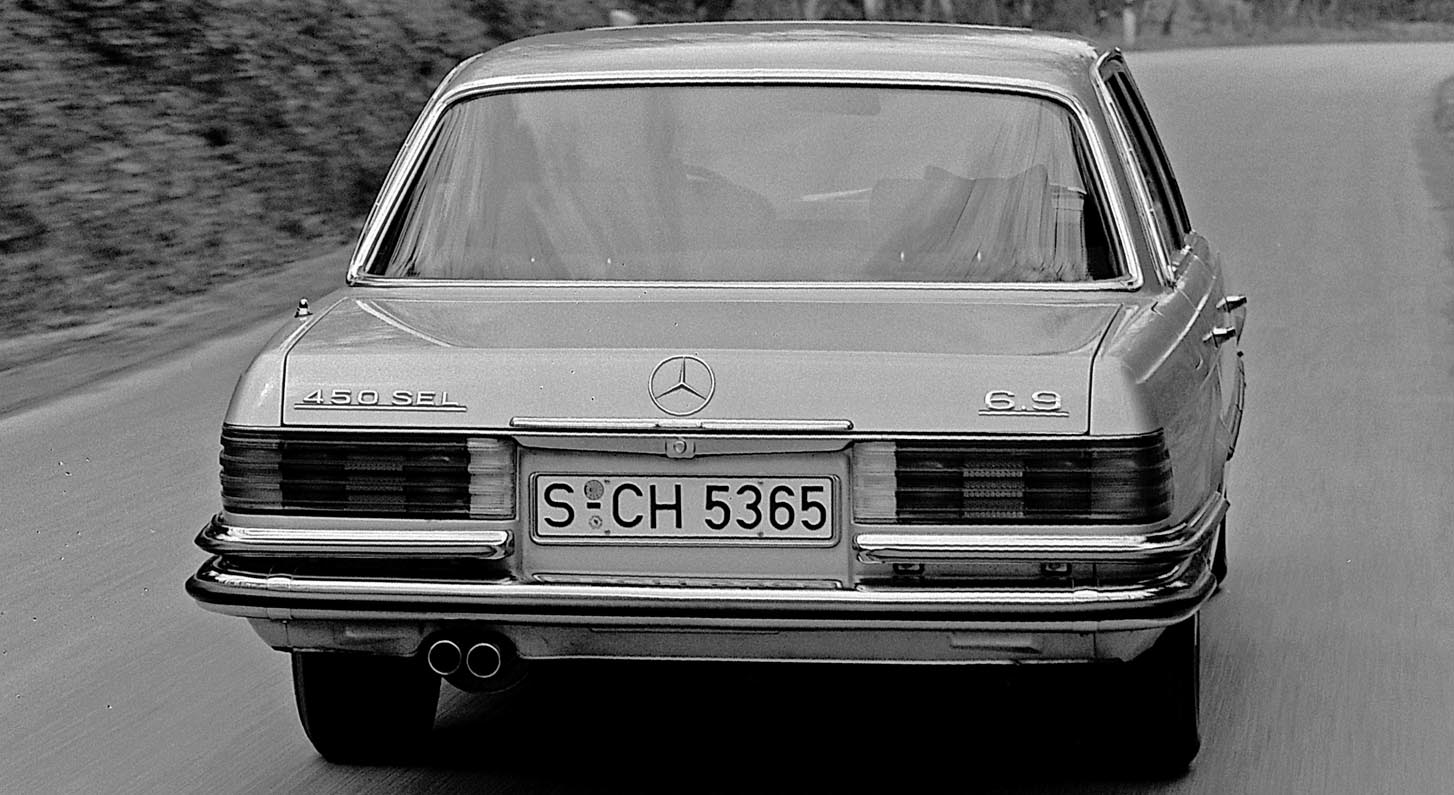
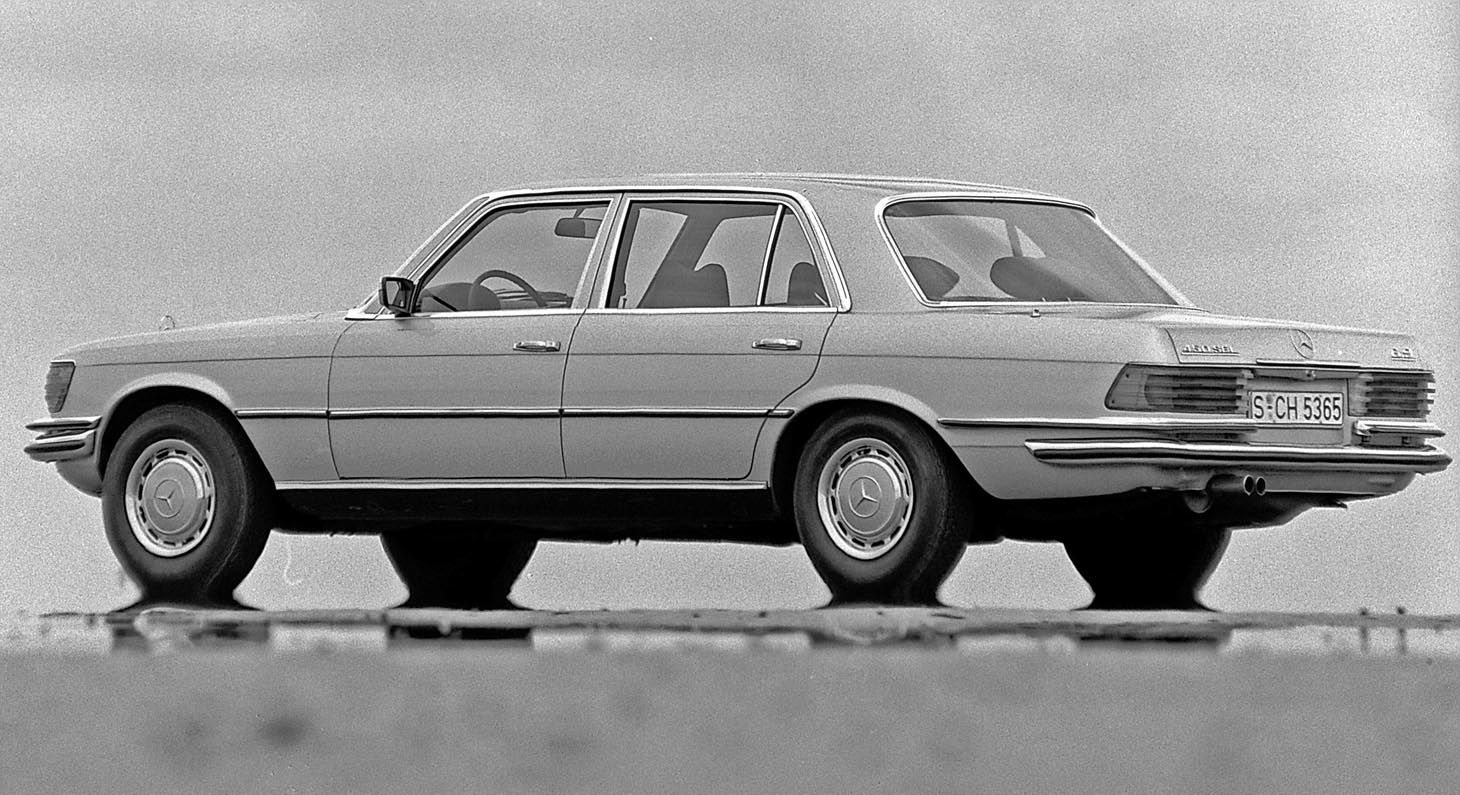
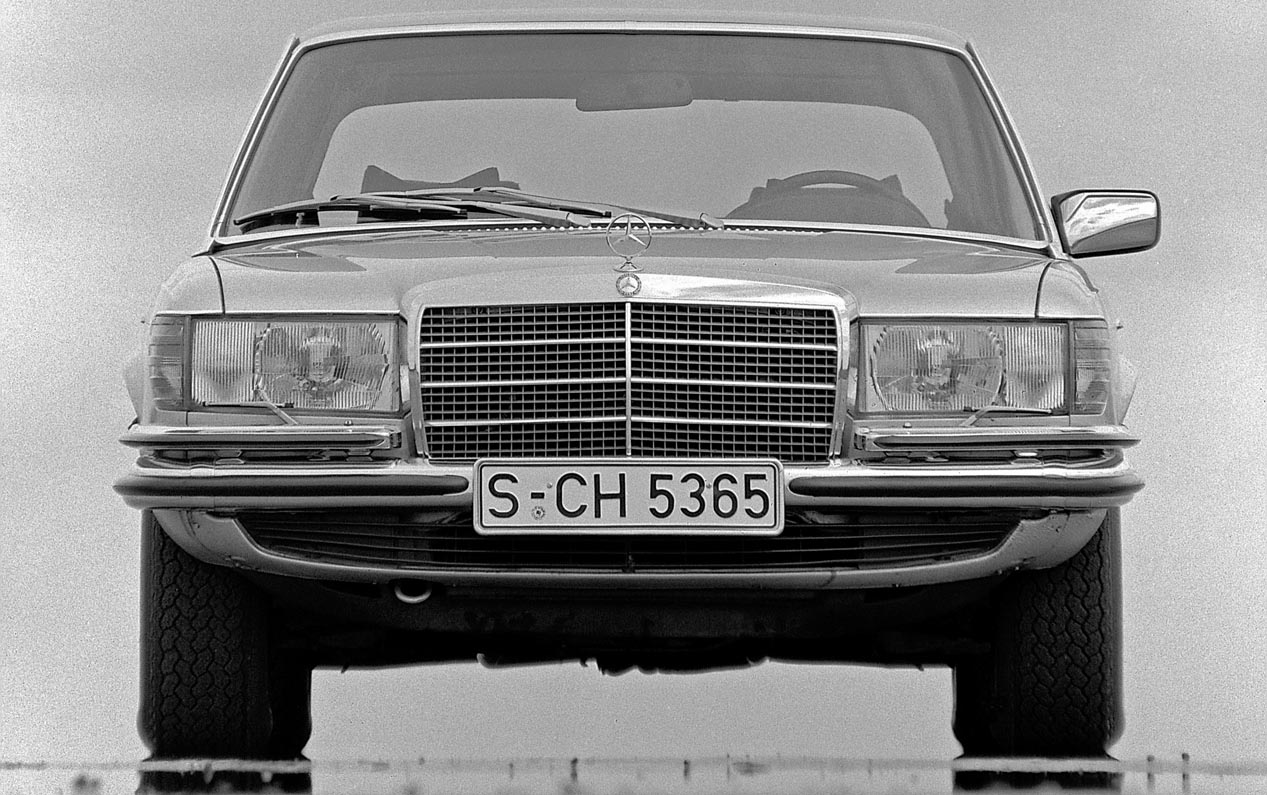
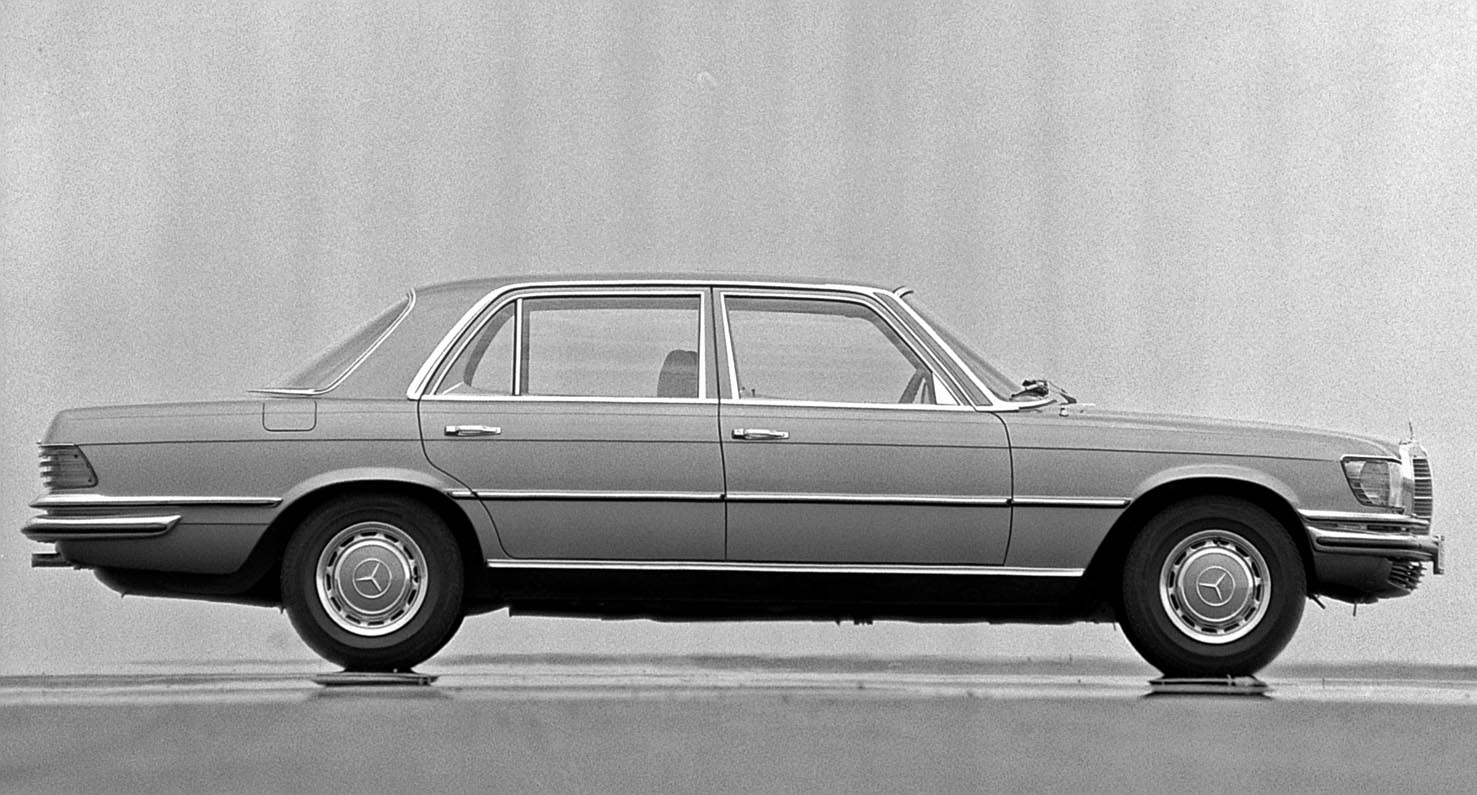

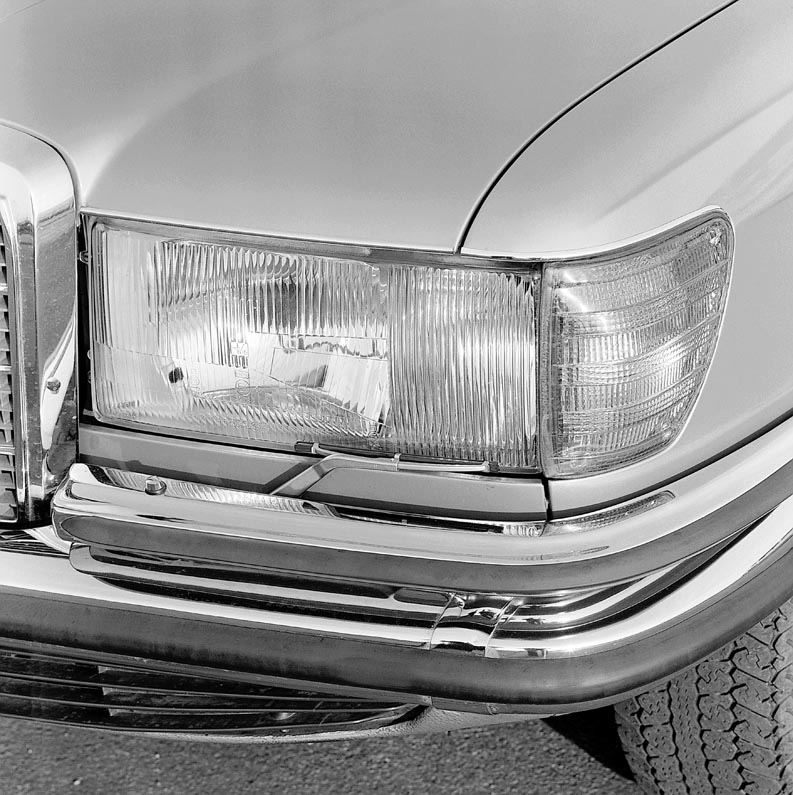
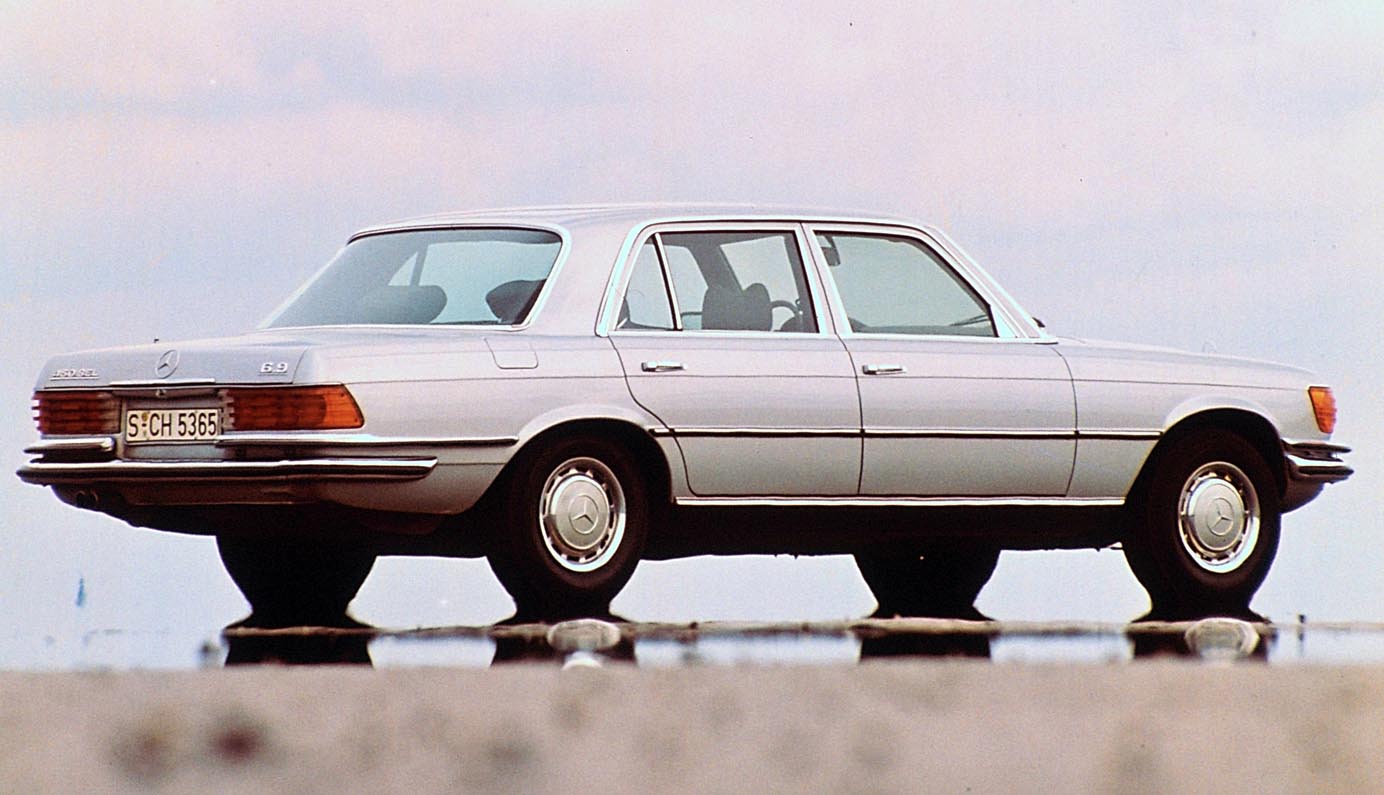
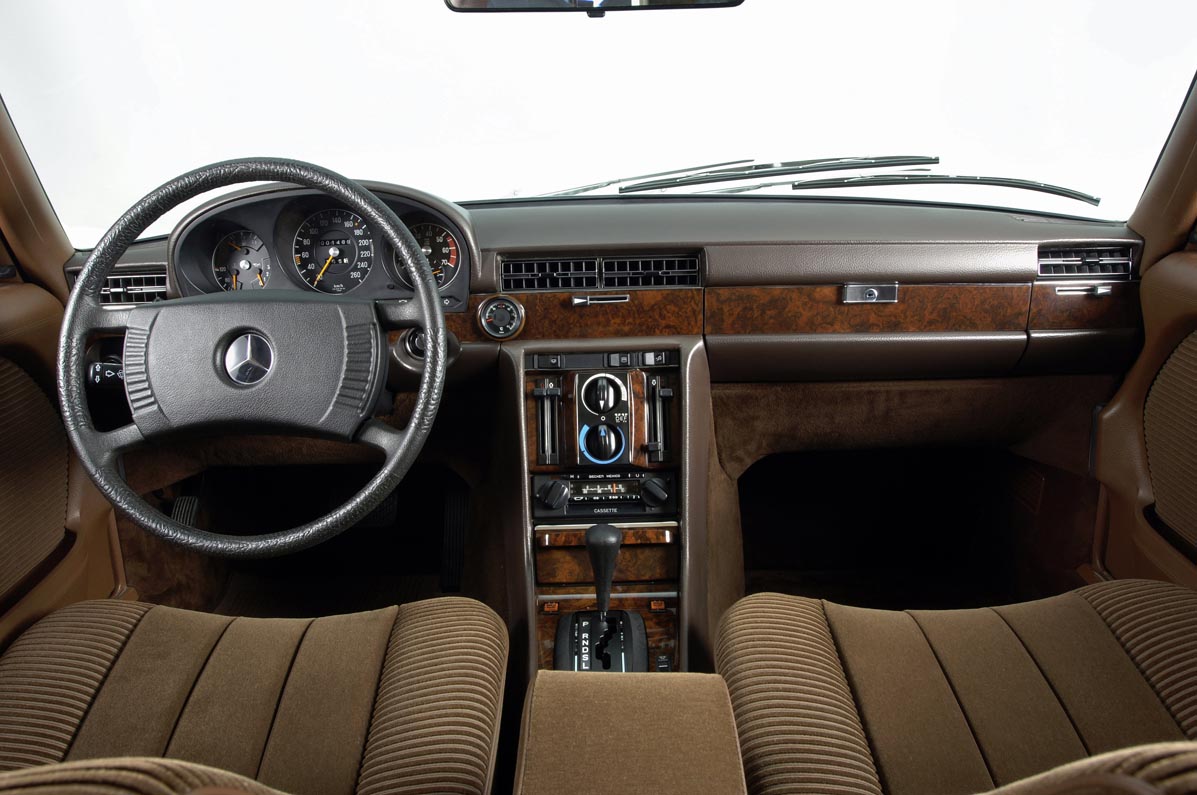
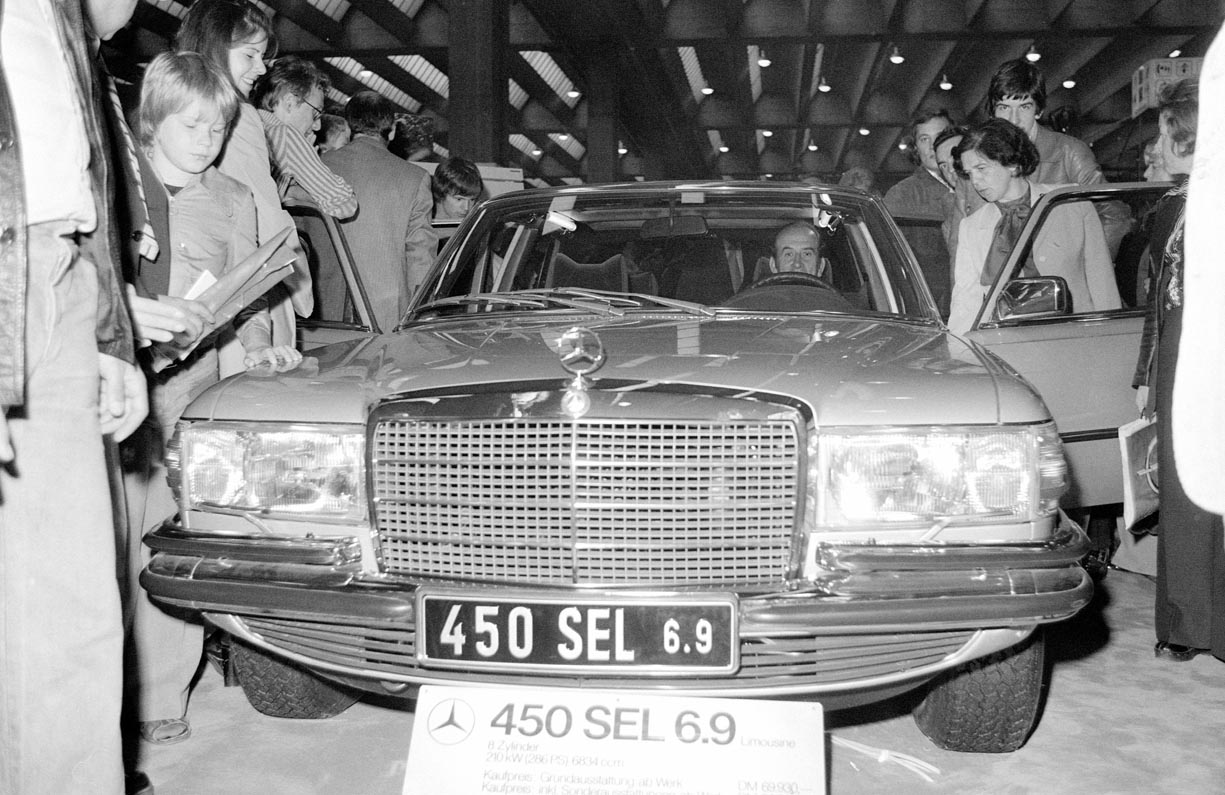
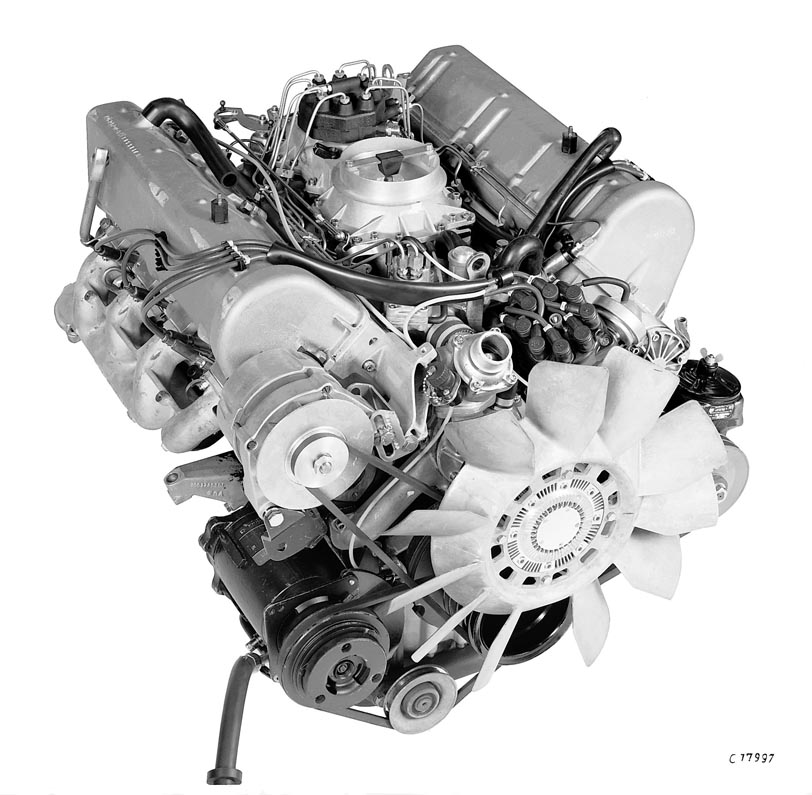
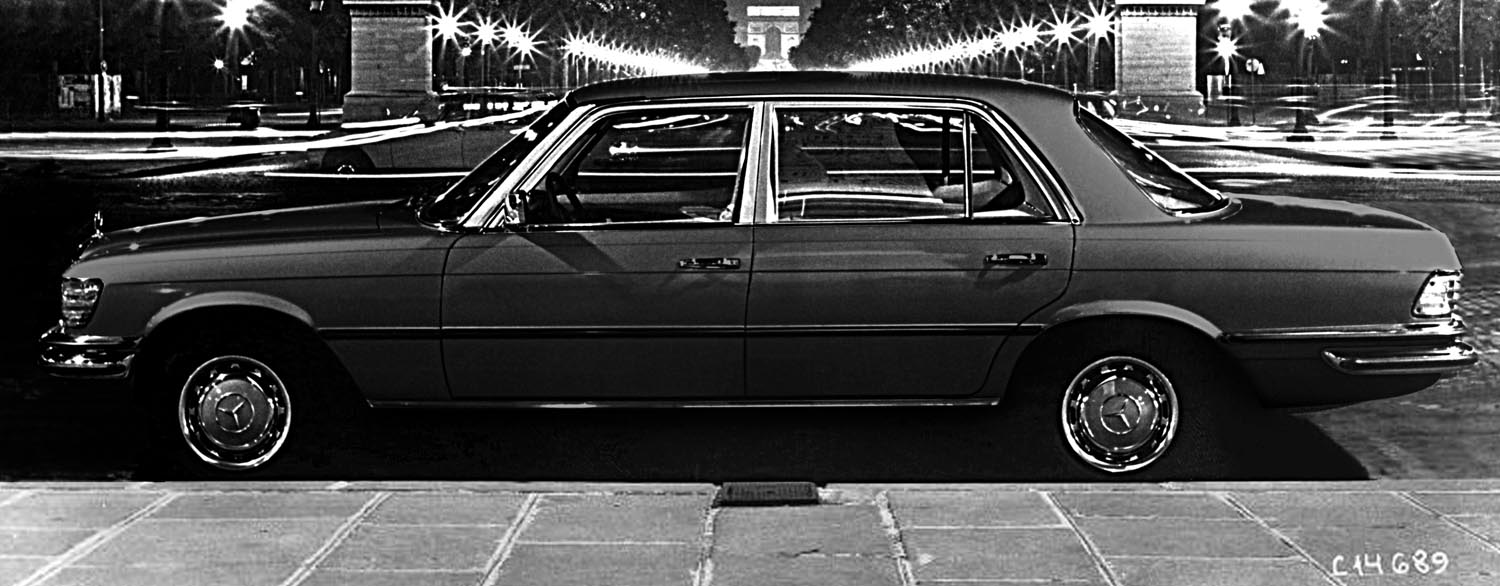
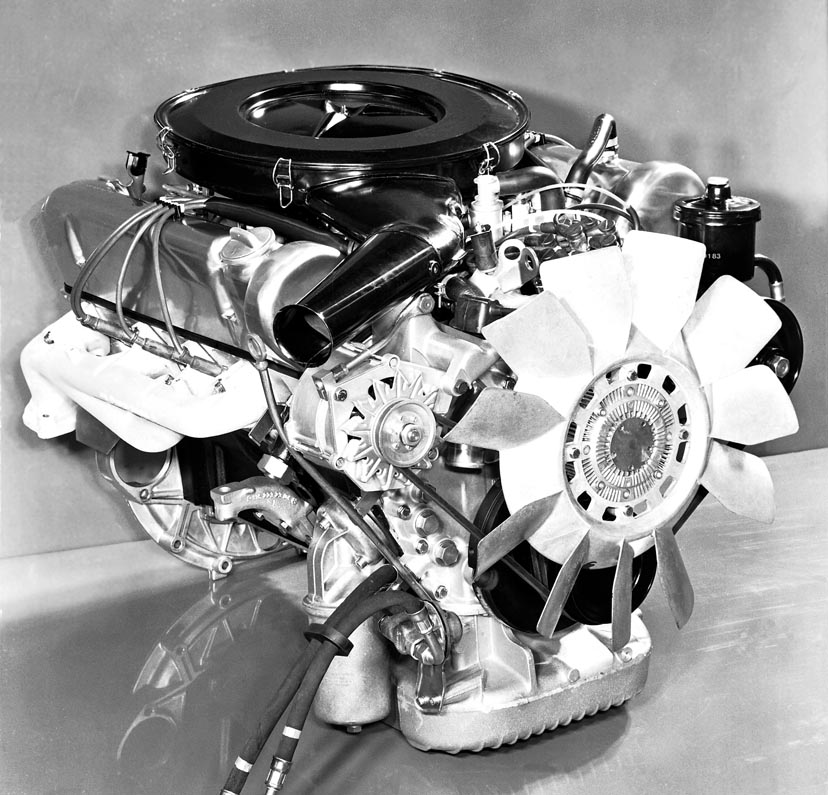
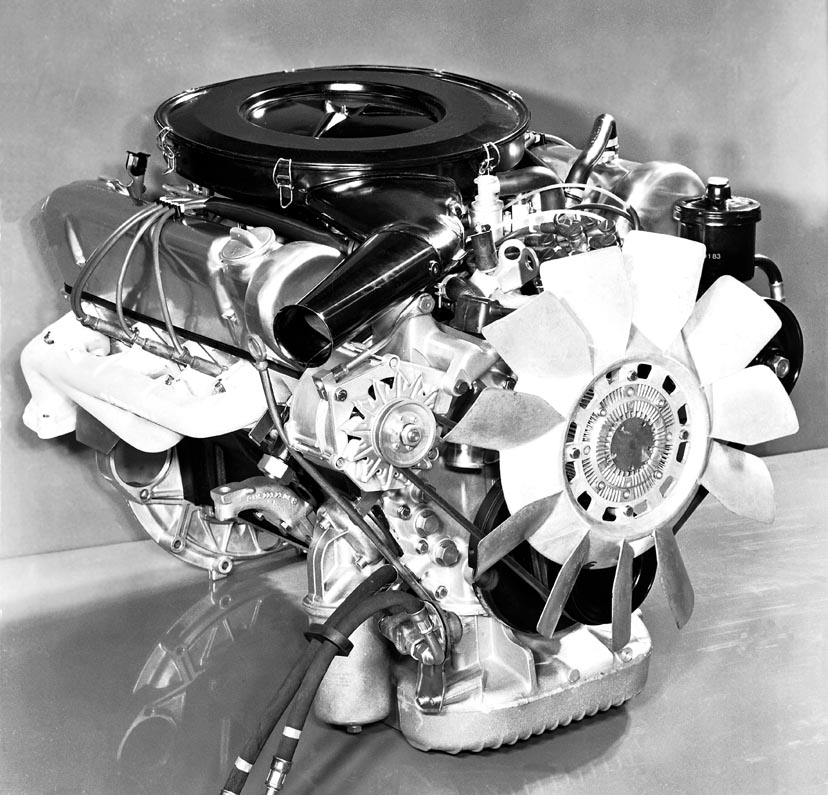
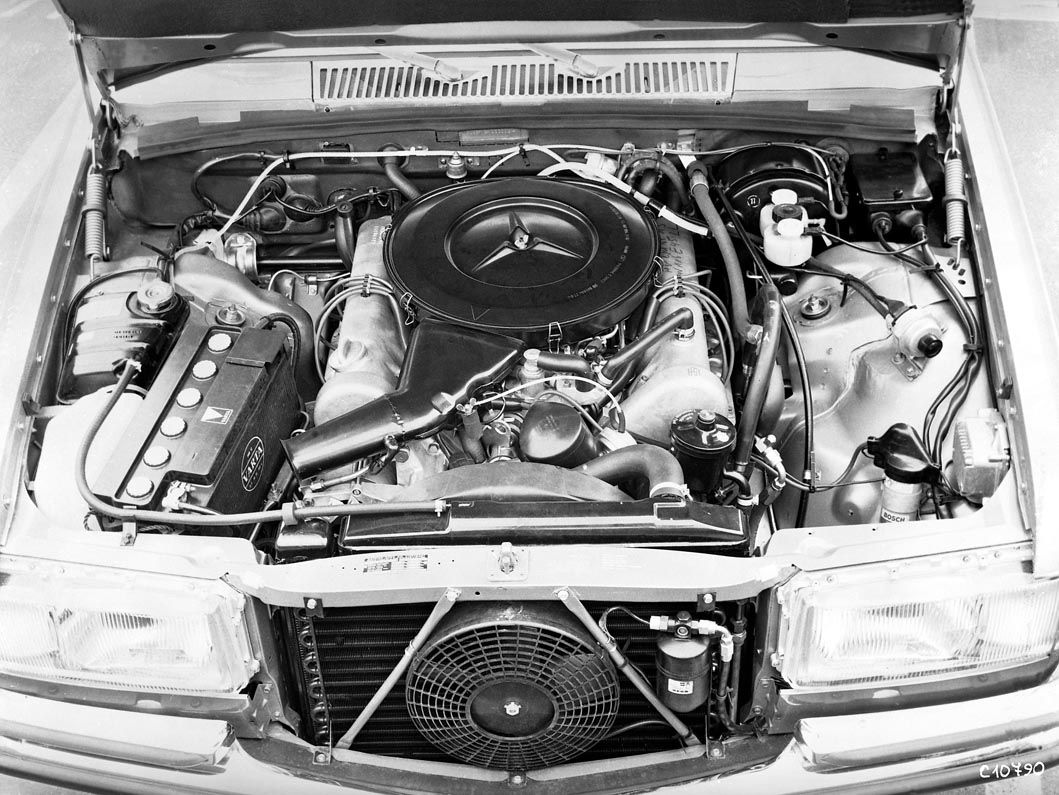
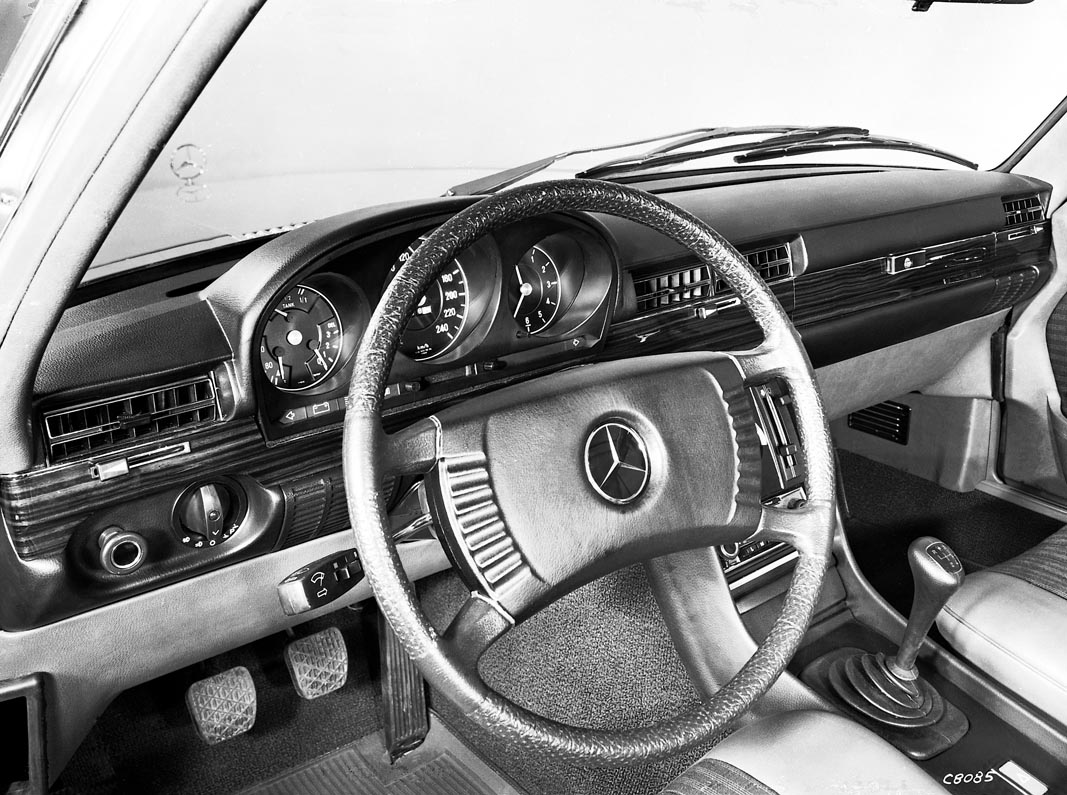
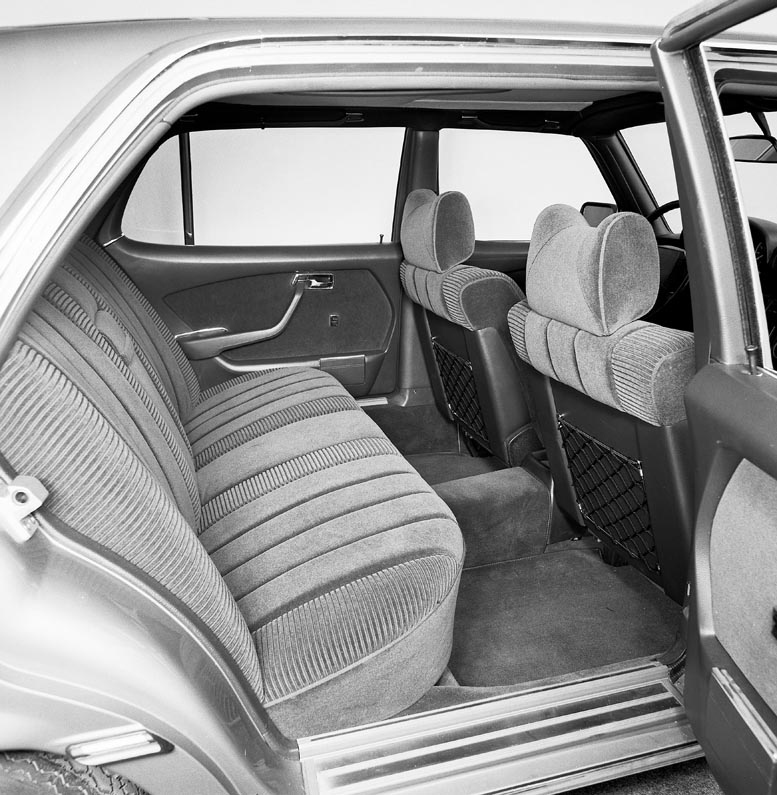
The post Mercedes-Benz S-Class W116 Series appeared first on Wheelz.me-English.




